
Eureka Crate (from parent company KiwiCo) is a subscription box for teens and adults ages 14-104. It arrives every month with all the materials and instructions needed to create a functional, lasting object with a focus on engineering. The goal of these projects is to use science and math to solve real-world problems while inspiring the recipients to become creative innovators.
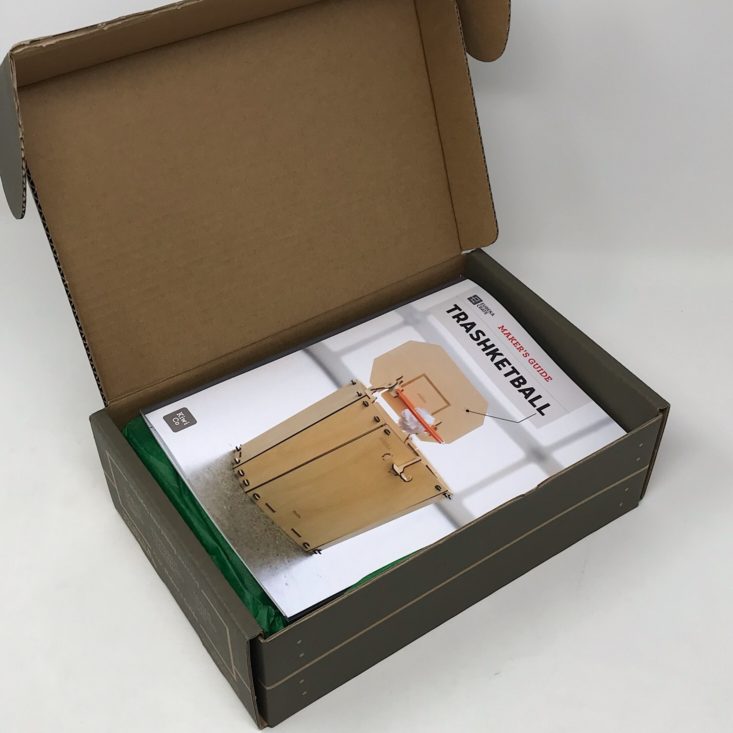
KiwiCo offers boxes for a variety of different age groups:
- Tadpole Crate for 0-36-month-olds,
- Koala Crate for 3-4-year-olds,
- Kiwi Crate for 5-8-year-olds,
- Atlas Crate for 6-11-year-olds,
- Doodle Crate and Tinker Crate for 9-16+-year-olds,
- Eureka Crate for ages 14 and up. There really is something for every age with this company.
This review is of the $29.95 a month Eureka Crate, for 14-year-olds and up.
This box was sent to us at no cost for review. (Check out the review process post to learn more about how we review boxes).
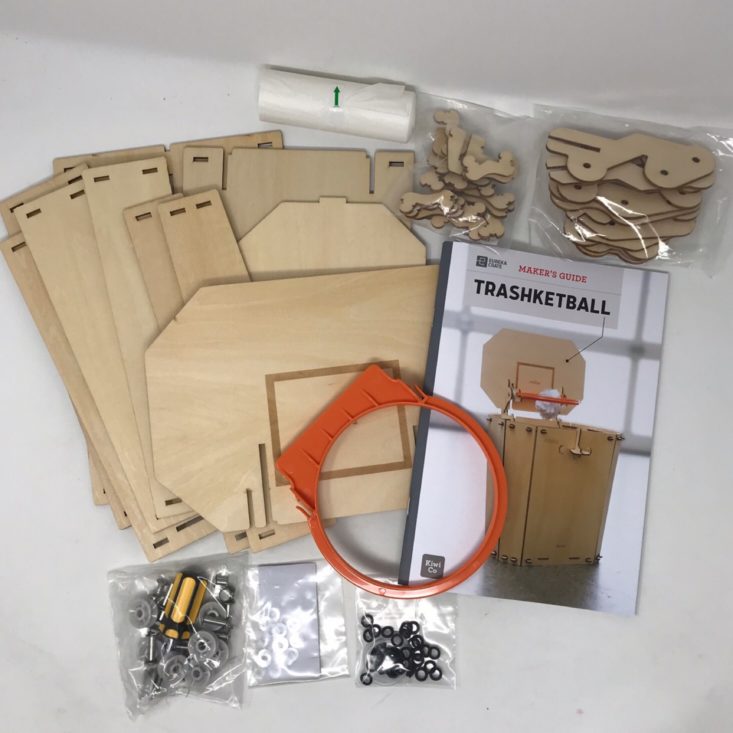
About Eureka Crate
The Subscription Box: Eureka Crate
The Cost: $29.95 per month + free shipping. Save with longer subscriptions.
The Products: Detailed instructions and all of the high-quality materials needed to create a unique, lasting, and functional engineering project as well as a Maker's Guide that explains the science and technology behind it.
Ships to: The U.S. for free, Canada for $5.95 per month, worldwide from $6.95-$7.95.
KiwiCo Eureka Crate "Trashketball" Review
The project for this month is to make our own trashketball can. We received this Maker's Guide which is full of helpful information related to our project along with the directions. My favorite section is the "Behind the Design" page where they go into detail about their own process in creating this month's project!
Our directions are separated into various sections which makes it so much easier since it breaks it down into smaller, more manageable tasks. The instructions are always clear and easy to follow with detailed, colorful pictures to reference. They even include information on troubleshooting, which can be very helpful!
Part A: Build the Basket
The first part of our project was to build the basket. I used the skinnier of these long wooden pieces and inserted the little M shaped pieces into the hole of each piece leaving one side sticking out. Then I secured it with a little O-ring that I slid down around the notches of the M edge that was sticking through. I continued this for all four pieces until each one had 4 of the little M pieces in each of the holes.
Then I added the wider piece to one of the skinnier pieces, securing it the same way with the O-rings. I then added another to the other side so that I had three connected pieces. I repeated this for the remaining two skinny boards and the one wide board so that I had two sets of three.
Now that I had my sides built, I connected the larger front piece to them in the same way by sliding the tabs into the holes and securing them with more O-rings.
I slid the bottom piece into place making sure to line up the edges with the notches in the base. Then I placed the back onto the can and secured it with more O-rings and the base of our can was complete.
Part B: Add the Latch
Now it was time to add a latch. This part was super tricky, but I had to secure this ring around one side and then stretch it and pull it through to hook around the other notch. It definitely took me more than a few tries since I had to stretch it out fully to get it through the front and around the other side!
Next, I added a foam square to the smaller wooden piece and then slid the larger piece onto it.
Then I slid the entire contraption into the notch on the front of the can making sure that the ring I had placed wrapped around the notches to hold the latch in place.
Part C: Build the Hinges
Next, it was time to build the hinges. They provided a mini screwdriver, several bolts in small and medium and some washers. First, I unscrewed the screws from all of the bolts and set them aside.
Then I connected the smaller wooden piece to the bottom hole of the longer piece using a bolt and secured it with a screw.
I added a gray pulley and then connected this piece (which I referred to as an alligator face in my mind) to the first piece I had assembled.
I placed another of the large rings around the two pulleys and then placed the other piece (that looked like a duck face) on top and secured it with a screw.
I added a pulley to the "alligator" eyeball and then slid the "duck" piece over it and added a screw to the bolt to secure it.
I connected the next two wooden pieces to one another and then placed a long bolt and a pulley at the bottom.
Then I connected this piece to the first part I had built using another bolt and screw.
I then connected the last set of holes with a short bolt and the first hinge was complete.
I added two foam pieces underneath the slits in the back of the can. Then I slid the hinge onto the right side of the can and then moved on to putting together the second hinge.
Putting together the second hinge was much like the first except for a few pieces facing opposite directions. Once the second was finished, I slid it into place on top of the can and we had our two finished hinges.
Part D: Assemble the Hoop
Now it was time to add the backboard. I turned the backboard over and placed two foam strips above the shorter notches and then I slid it into place over the hinges at the back of the can.
The last step of putting this together was to add our plastic orange hoop. There were two little knobs that fit into the holes of our hinges in front of the backboard. The hoop can actually be left down or easily pushed up and out of the way, which I think is an awesome feature!
Part E: Add a Liner
They provided what looks to be a pretty decent size roll of liners that we can use for our trash can. I love that they really do think of everything and make sure to include everything you need to fully complete your experience with the projects!
The lid was not opening much at all when I pushed down the latch so I simply wrapped the ring around the back pulley a second time and this seemed to do the trick! I might even have to tighten it further to get it to open all the way.
Here is the completed trashketball can. It's about the size of a small waste bin and I love that the hoop closes up and that it has a lid with a latch to keep the entire thing closed. This will be going in my husband's office at home and I have a feeling he will really enjoy playing with it!
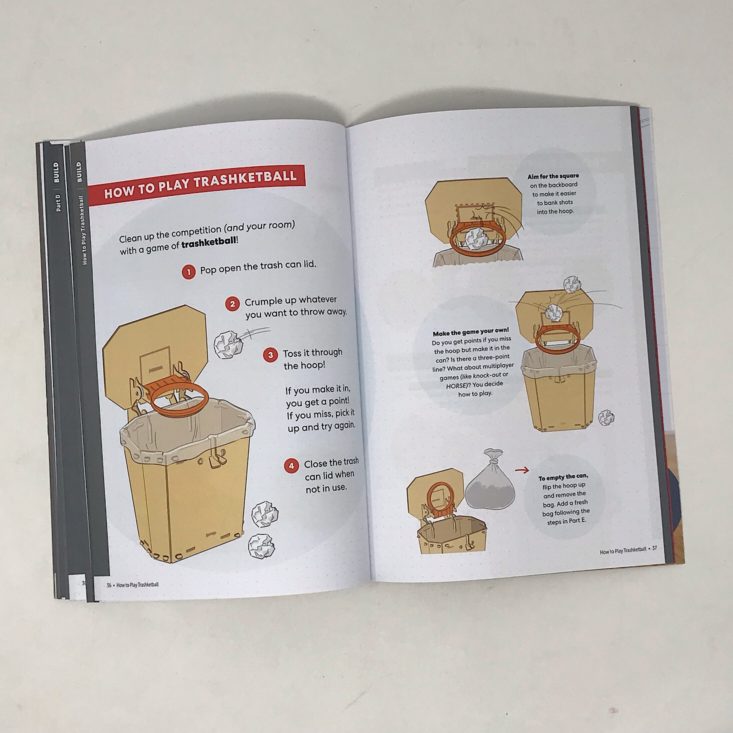
They provided instructions on how to play the game and how to empty the trash.
Here I am opening it by releasing the latch. You can see it doesn't quite open all the way so I may have to troubleshoot a bit as I'm not sure if it should open completely or not, but it's easy enough to push it open the rest of the way. Also, did you see my impressive trashketball skills?
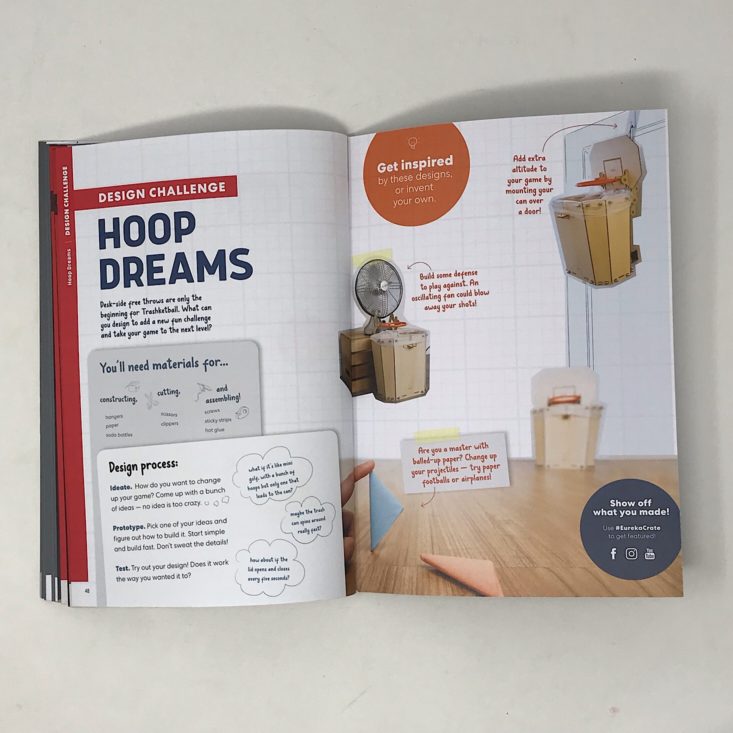
In our booklet, there was a design challenge section which is always a great extension of the project. This month they are challenging us to come up with a plan to take our trashketball game to the next level. Some suggestions include mounting our can over a door or placing it near a fan to add a little defense. This is such a fun and creative challenge!
Verdict: How much fun is this trashketball can from Eureka Crate? I love that each month they seem to oscillate between practical projects one month and more playful ones like this in the next. As an adult who already has a lot of the more practical items in her home, I tend to get a kick out of the fun projects like this one, but as a kid, I could totally understand the appeal of the practical projects! Either way, I find myself enjoying whatever I am creating and I get such a great sense of accomplishment when I have the finished product in front of me. The designs are well thought out, everything is incredibly organized, the pieces they provide are all great quality, and there is an amazing level of creativity in the way they guide us to construct these projects! I think it's a great value for a box that costs $29.95 + free shipping!
To Wrap Up:
Can you still get this box if you sign up today? It is possible you might get this crate, but it is not a guarantee. From KiwiCo:
Crates are assigned each month based on availability and your crate history - not all subscribers receive the same theme each month.
Check out all of our KiwiCo reviews and the best boxes for teens!
Keep Track of Your Subscriptions: Add this box to your subscription list or wishlist!
What do you think of Eureka Crate?


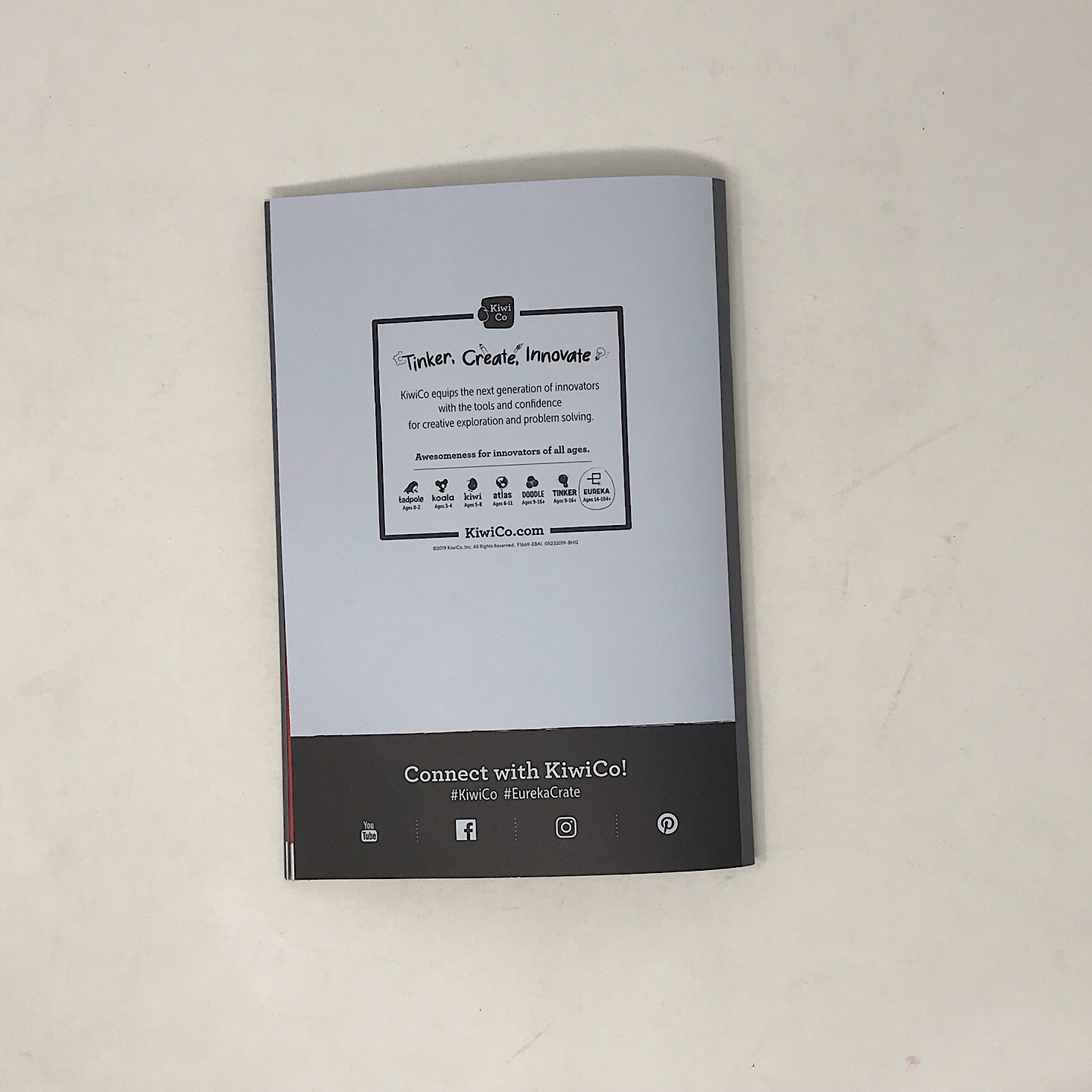
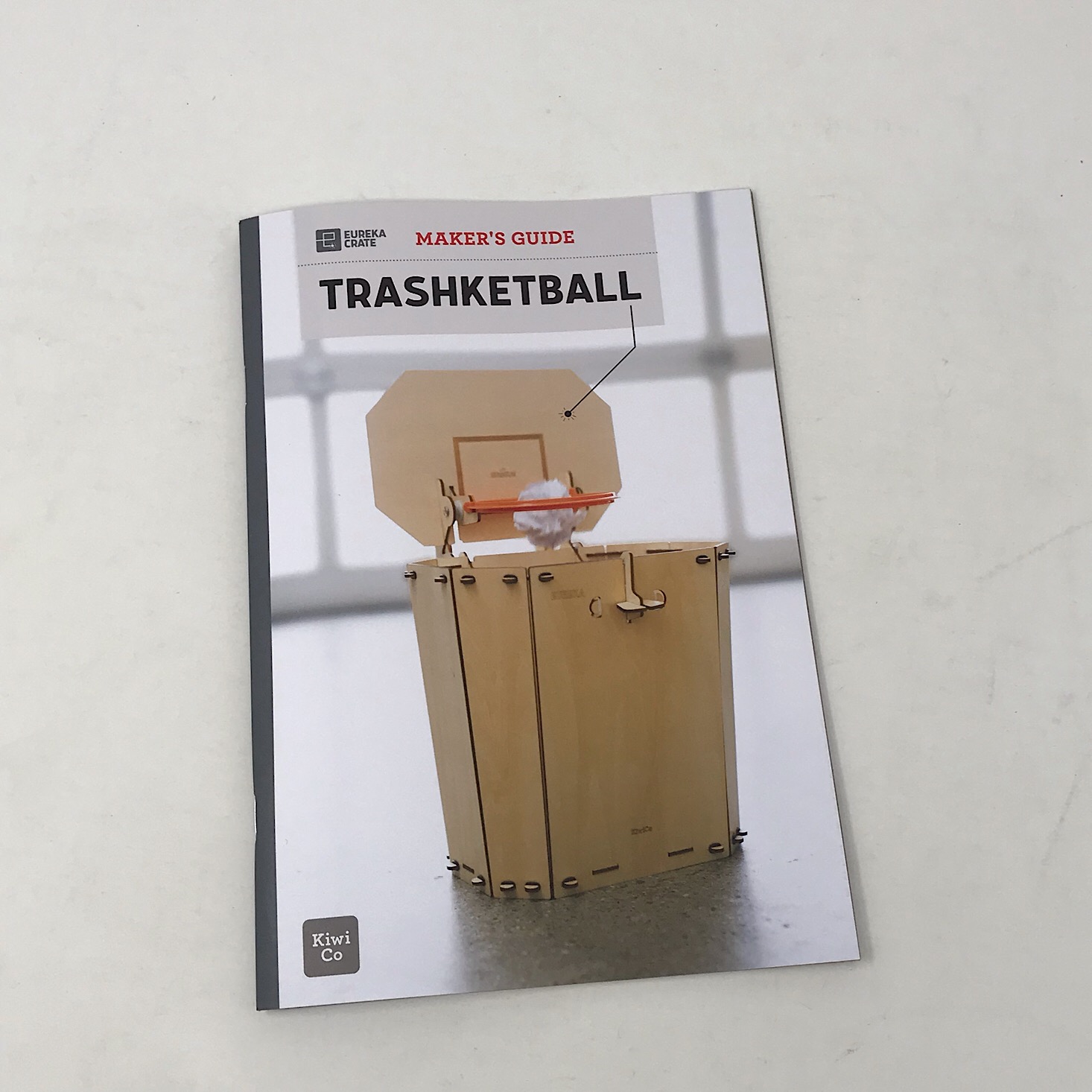
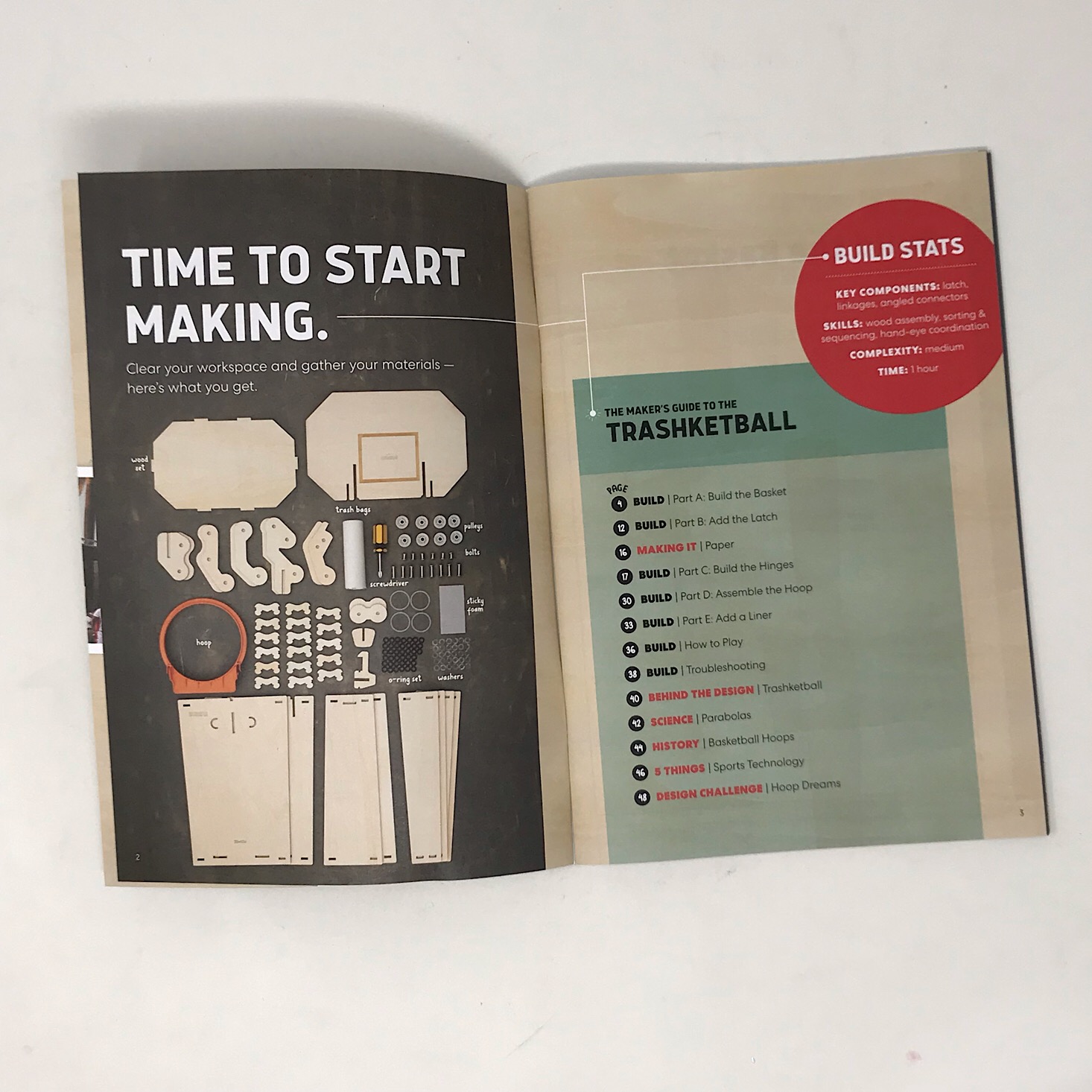
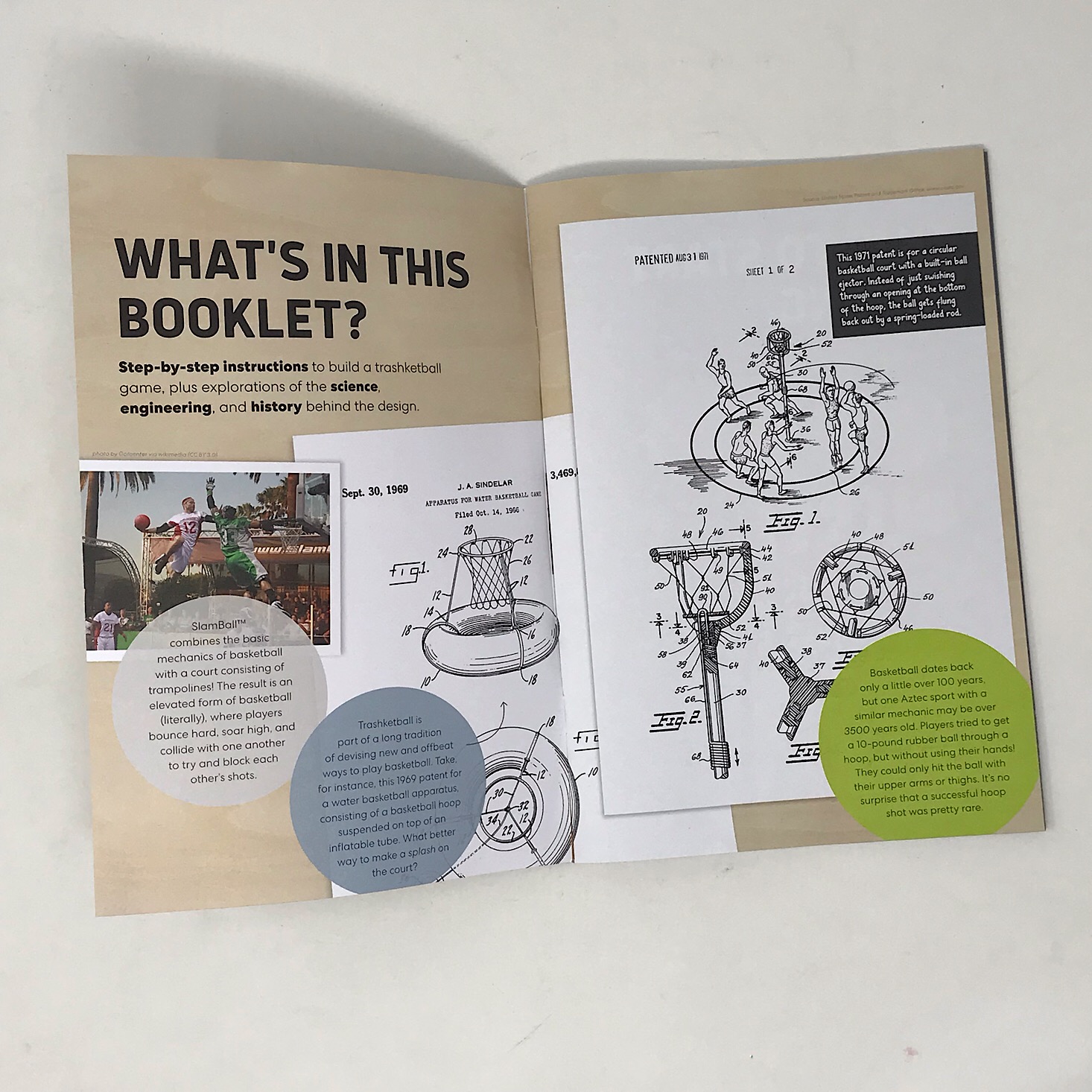
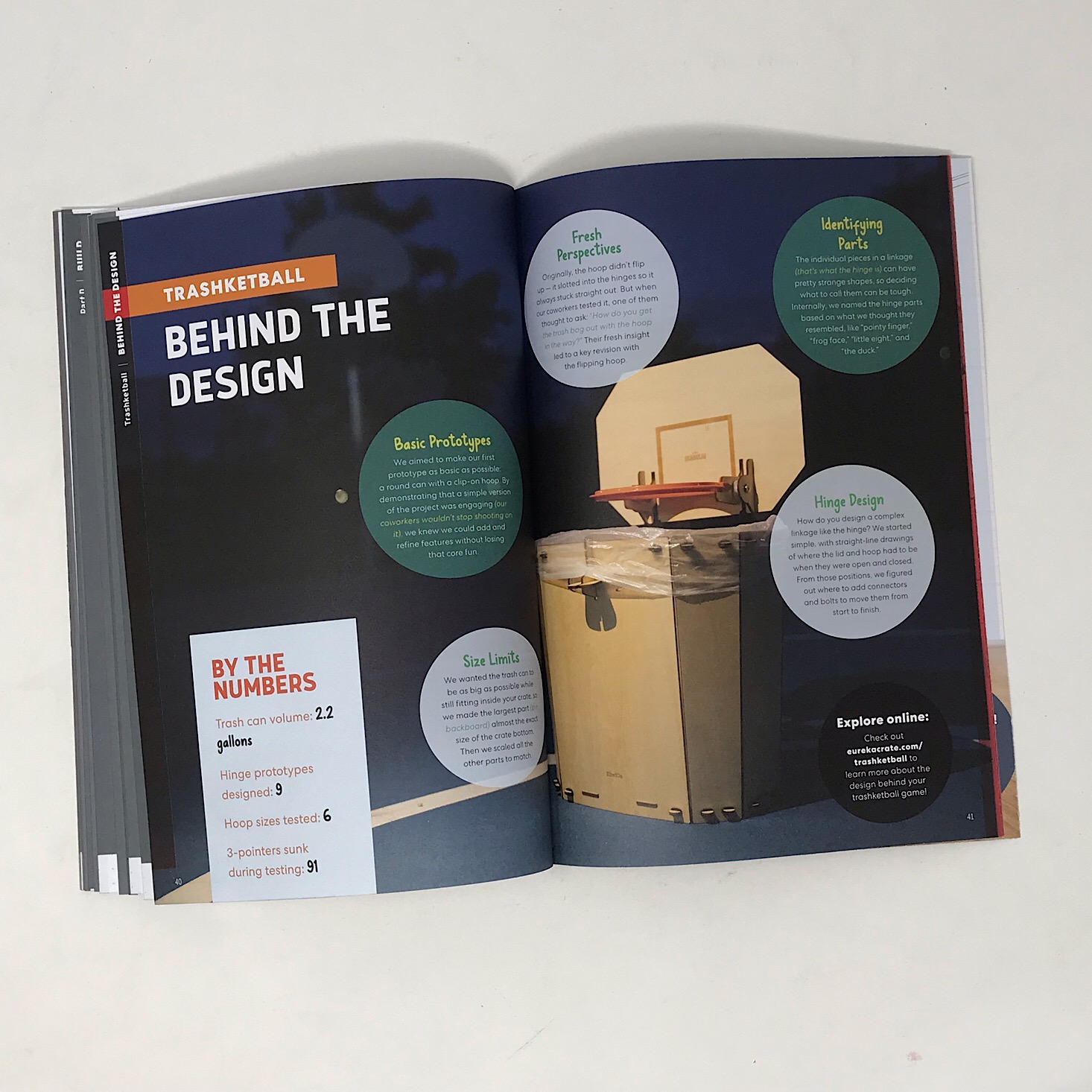

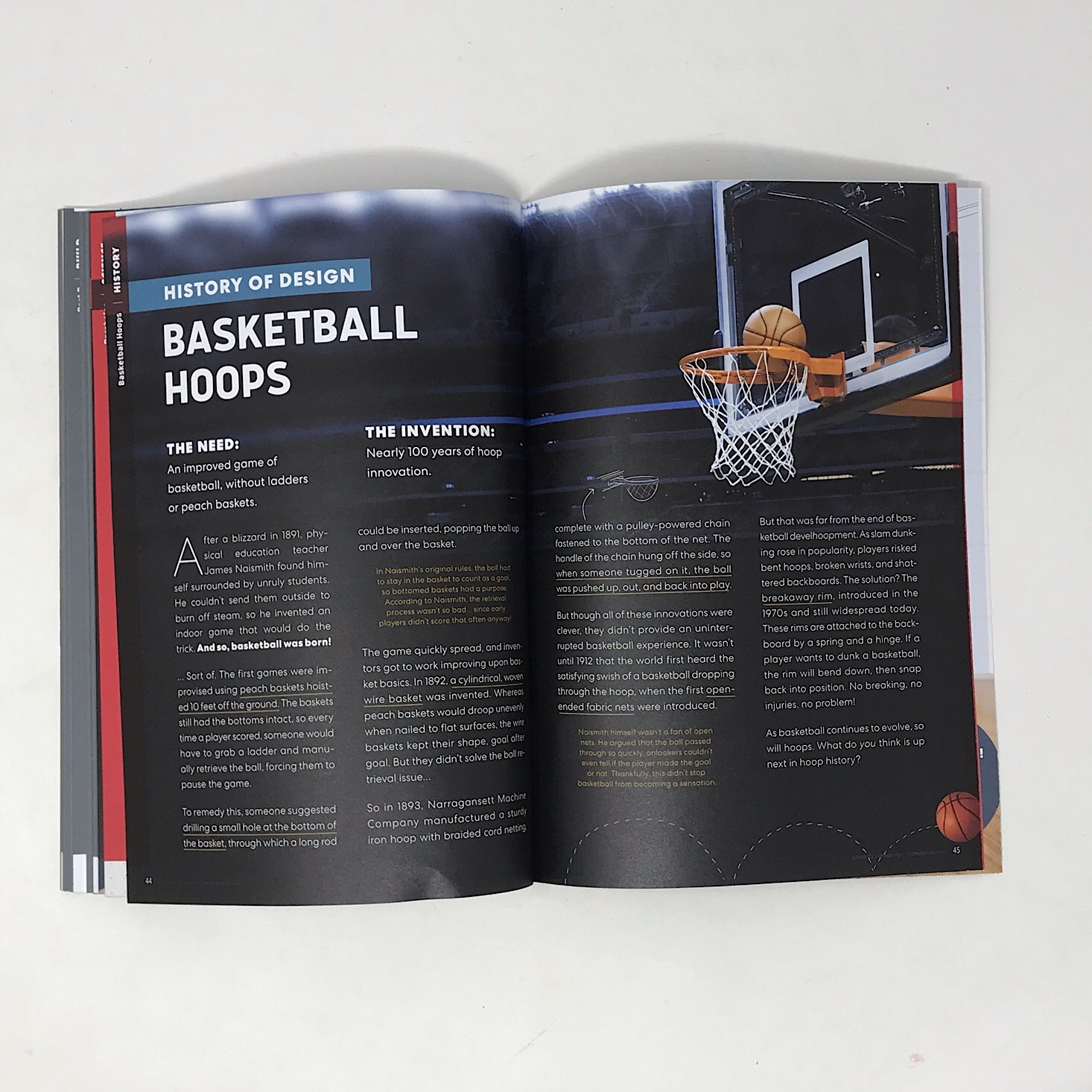
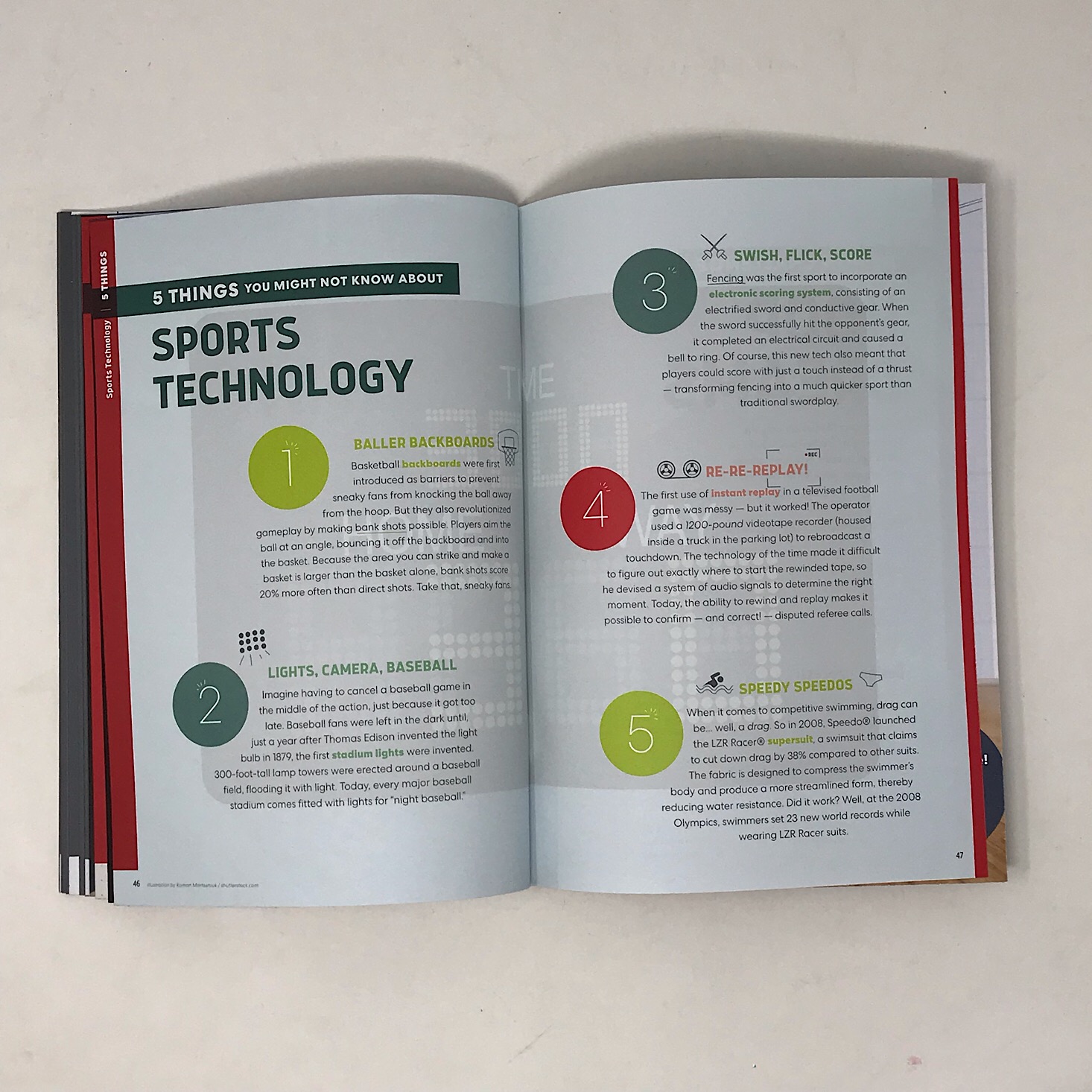


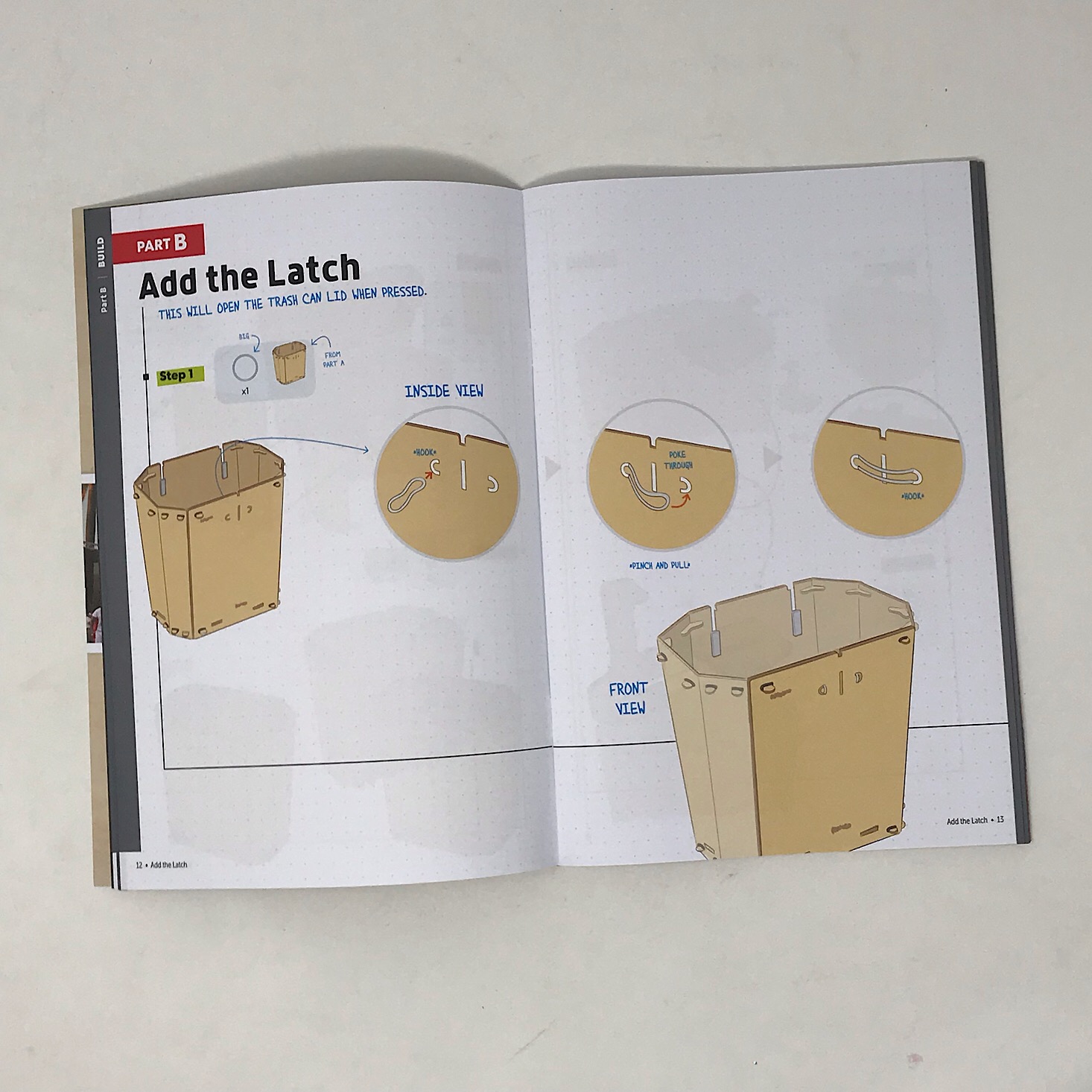

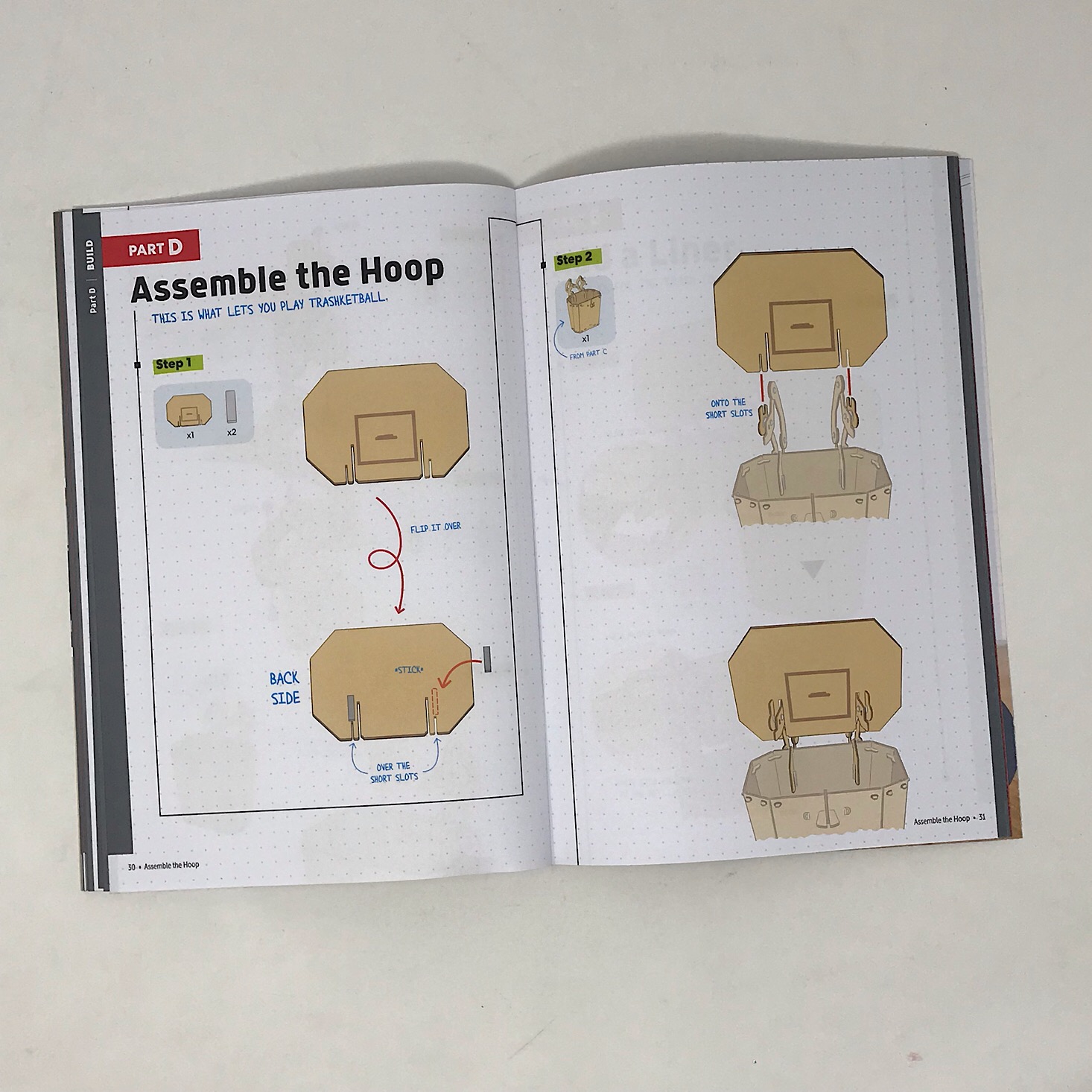
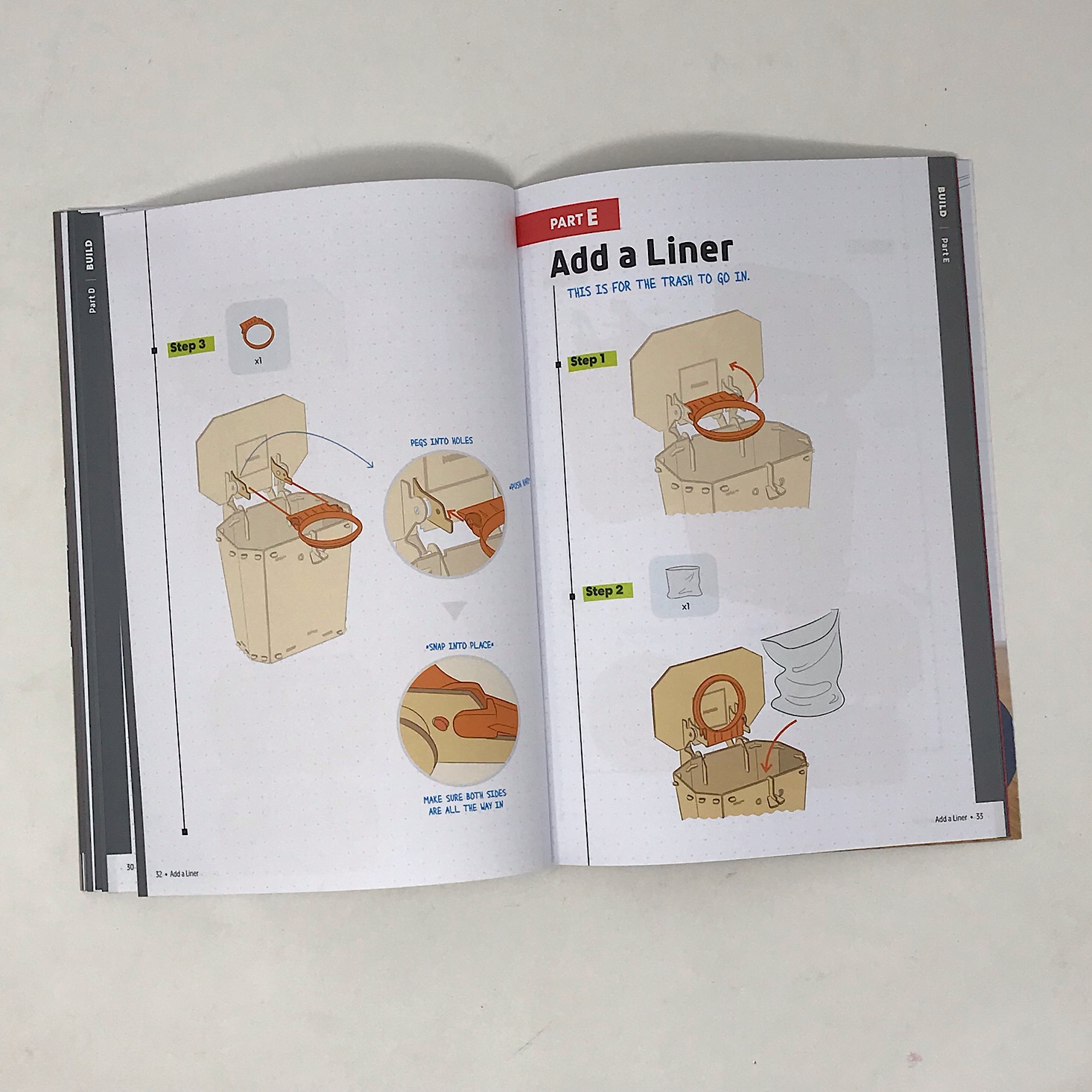


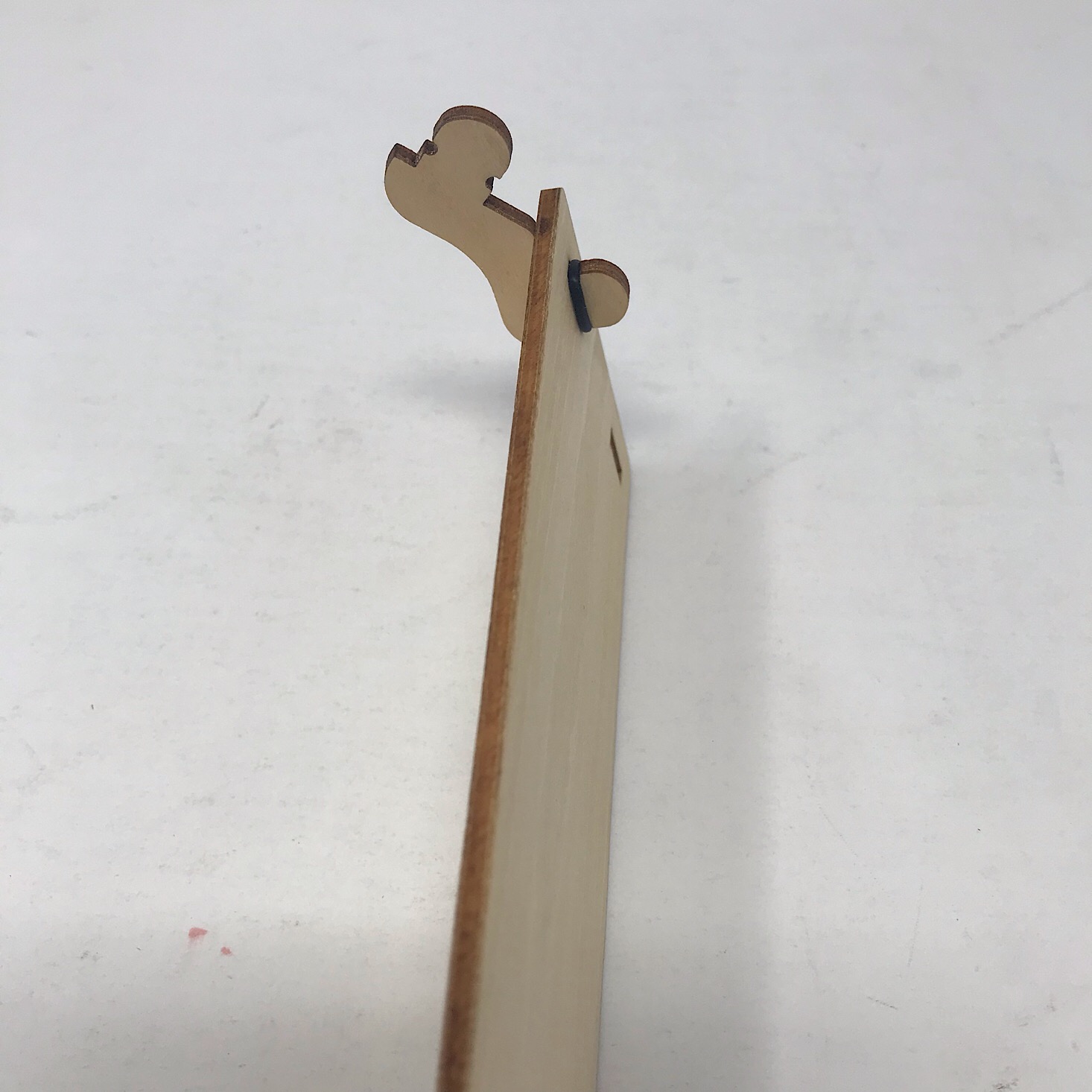


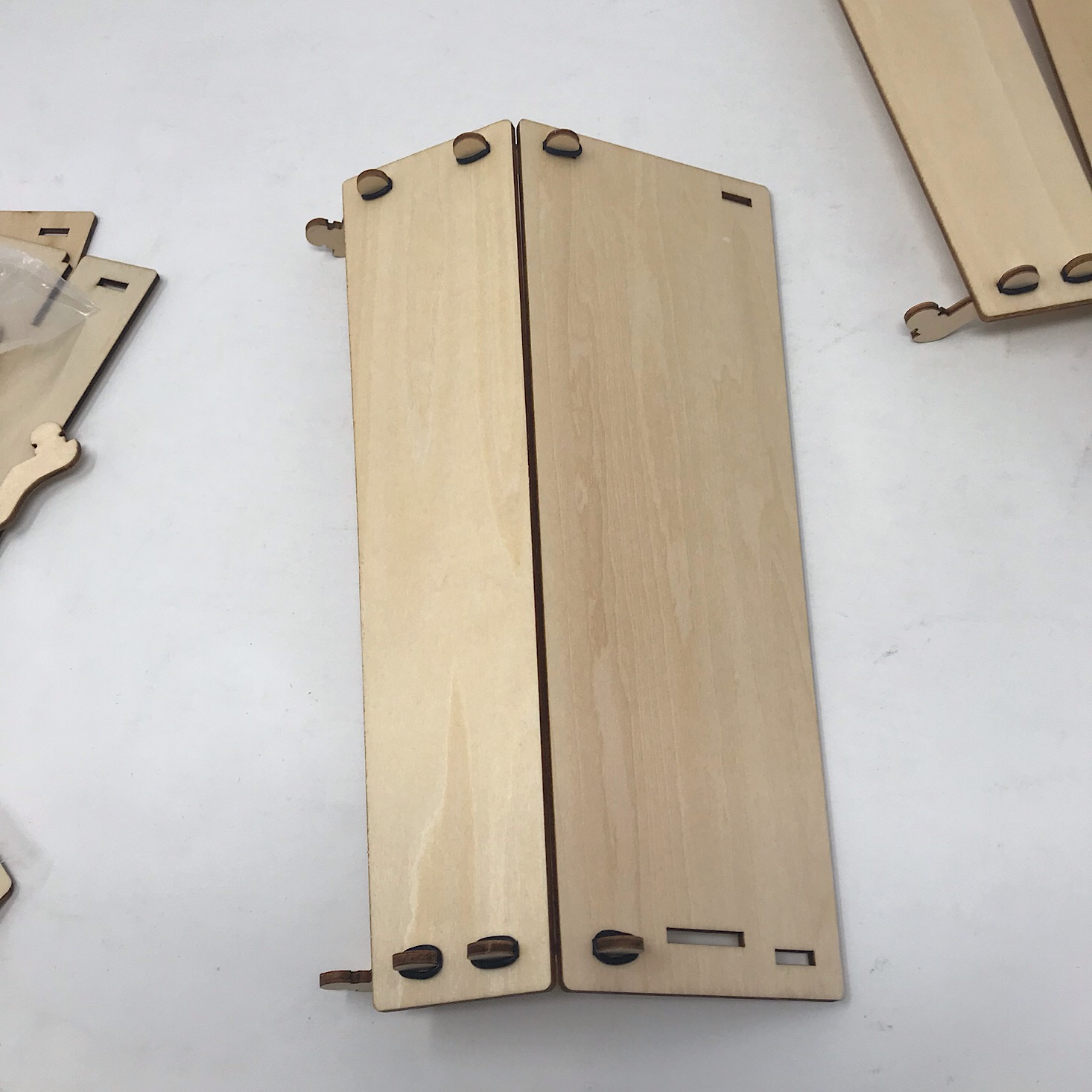



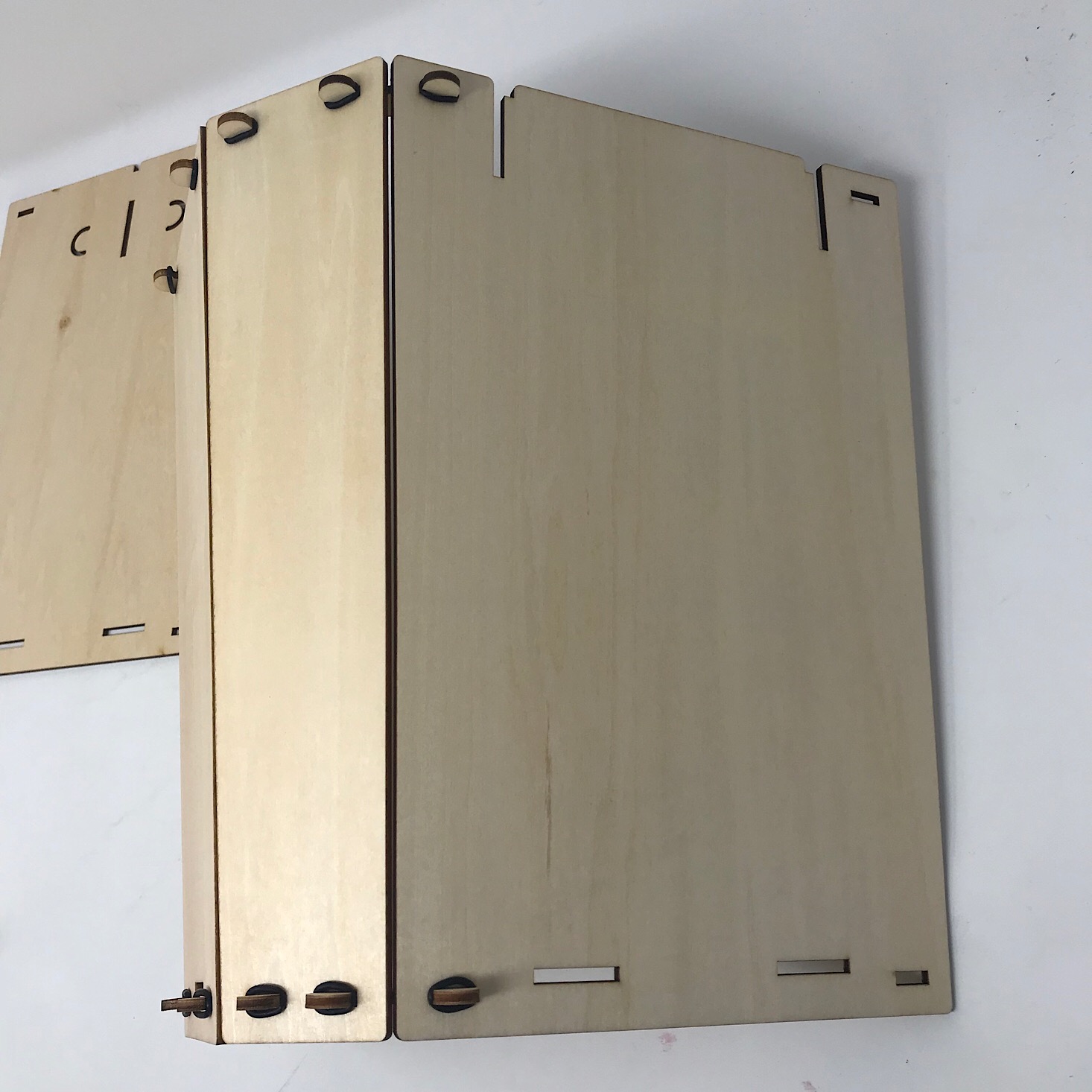
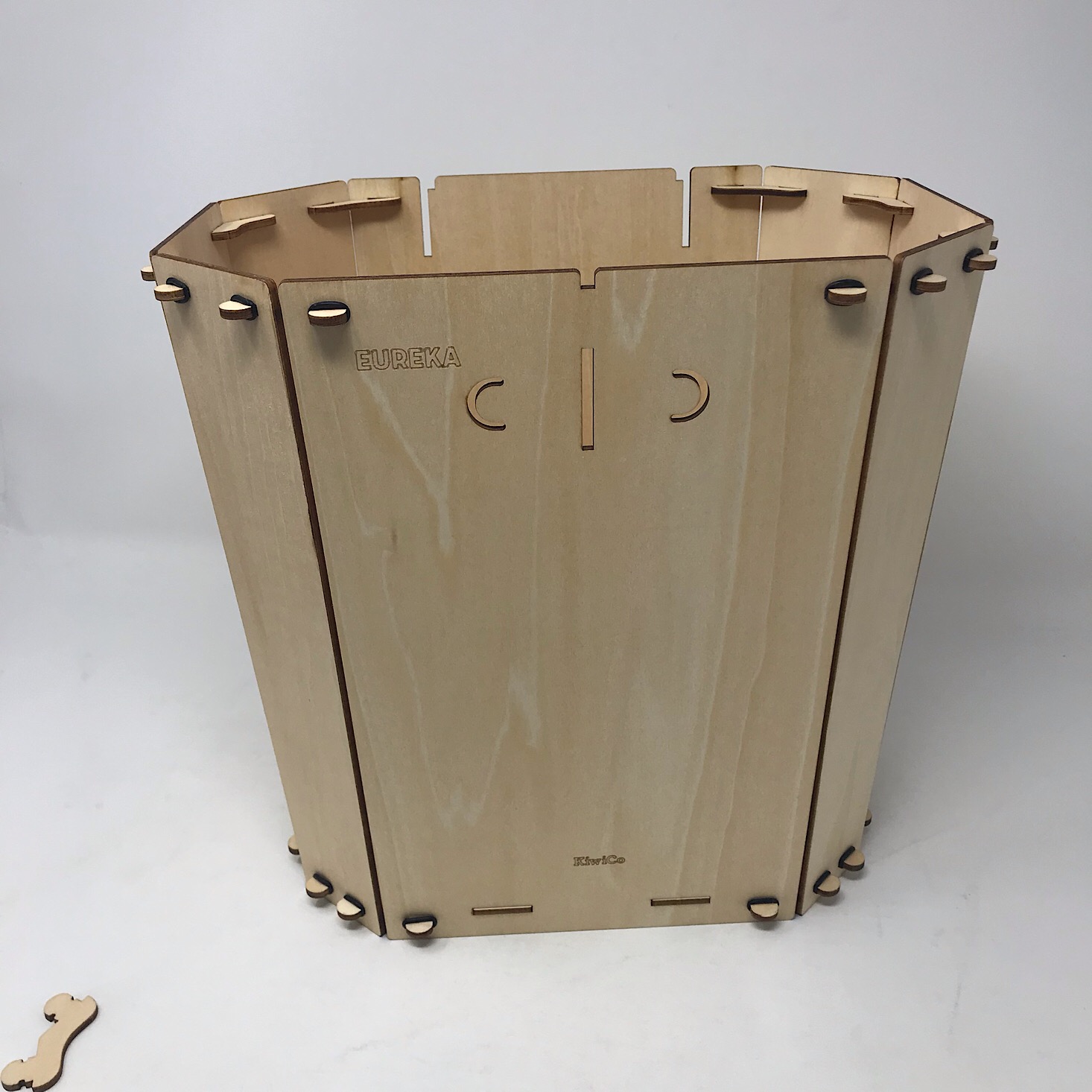
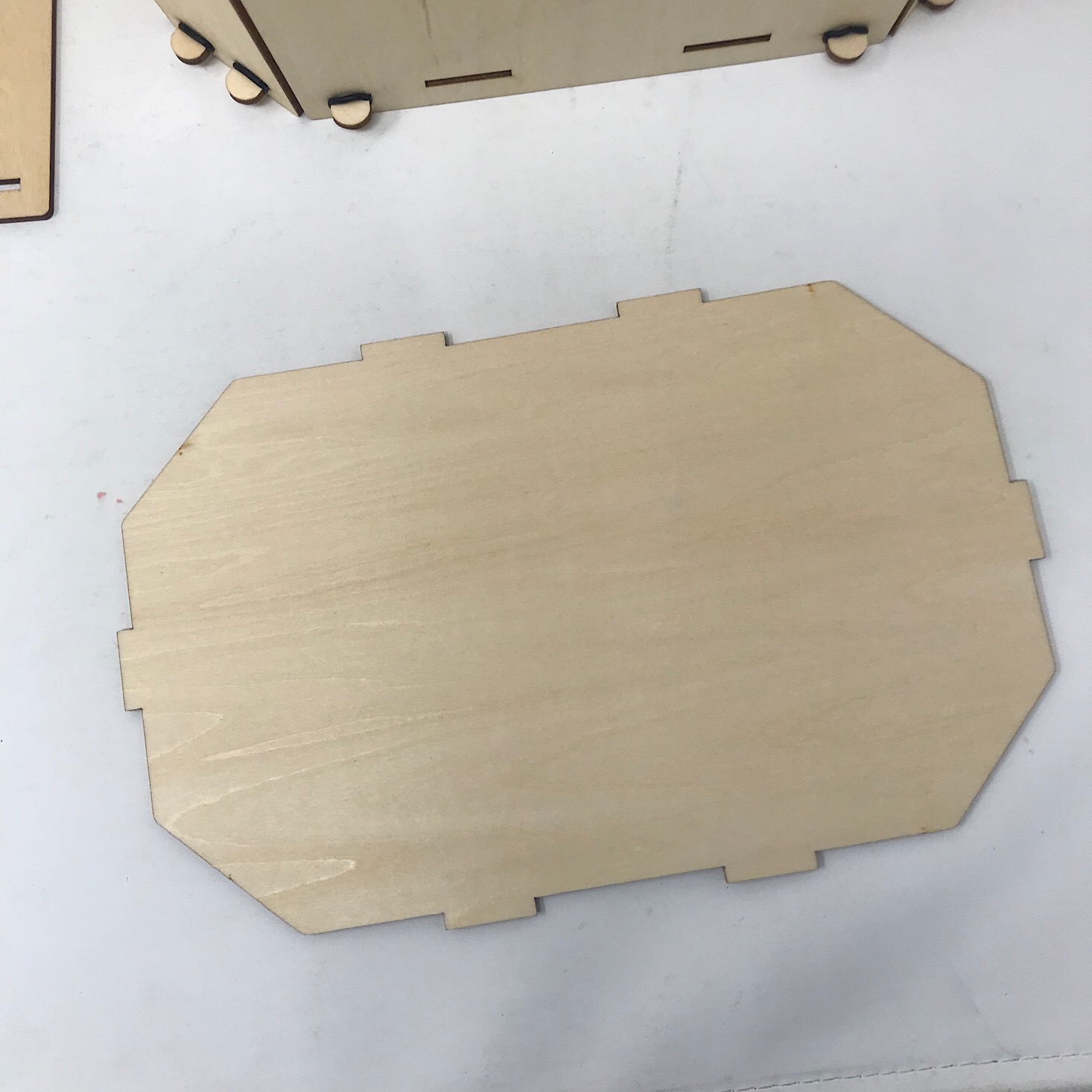

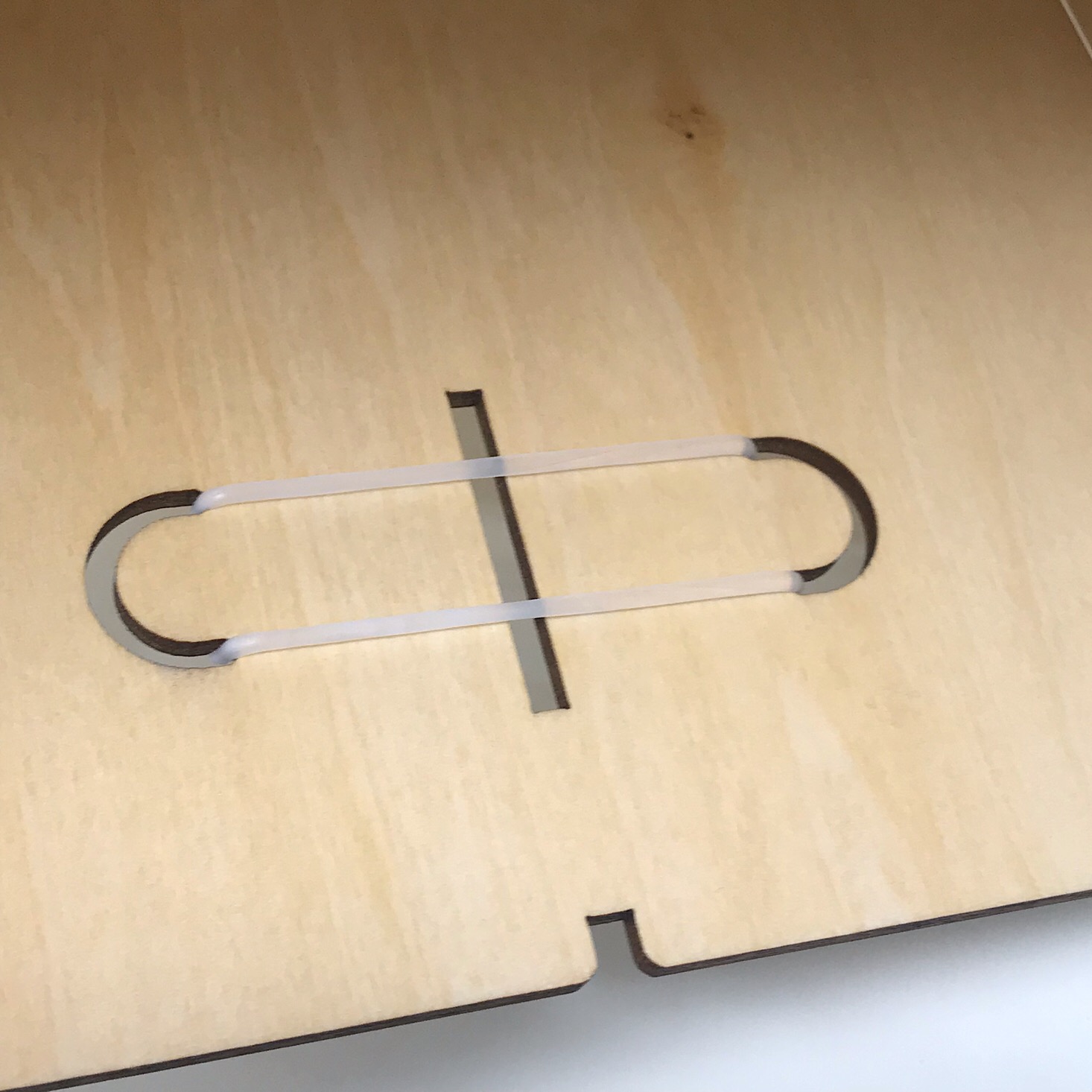

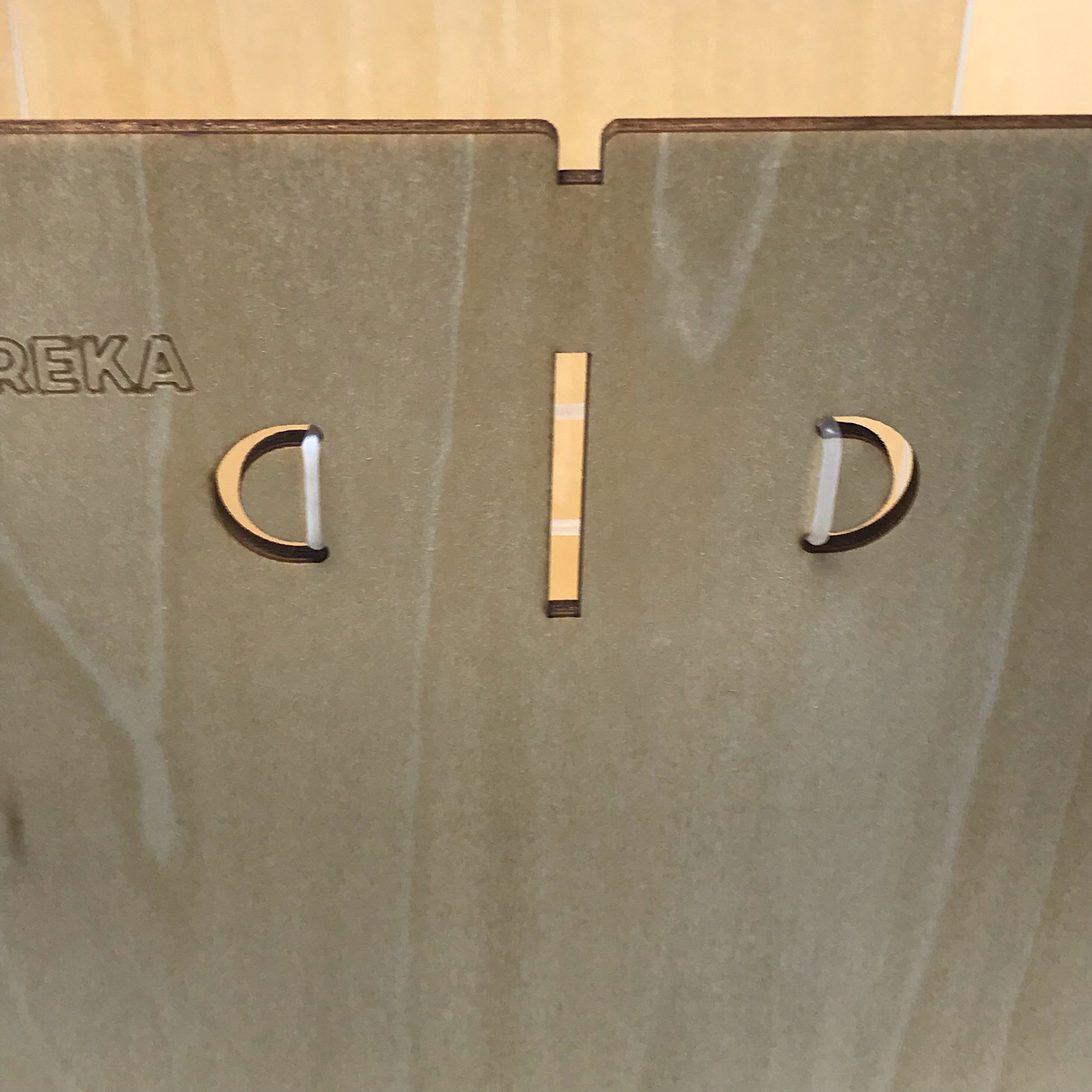
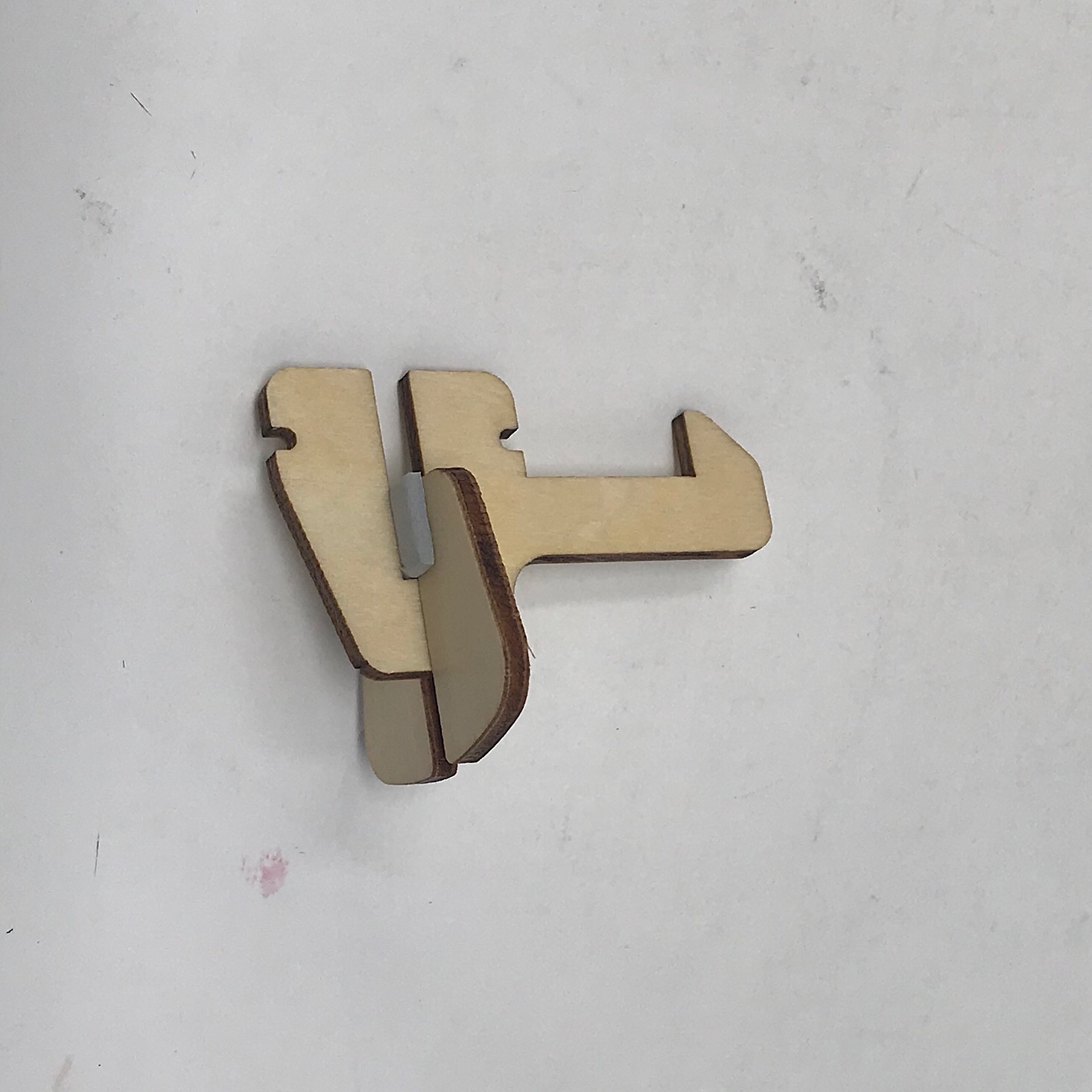



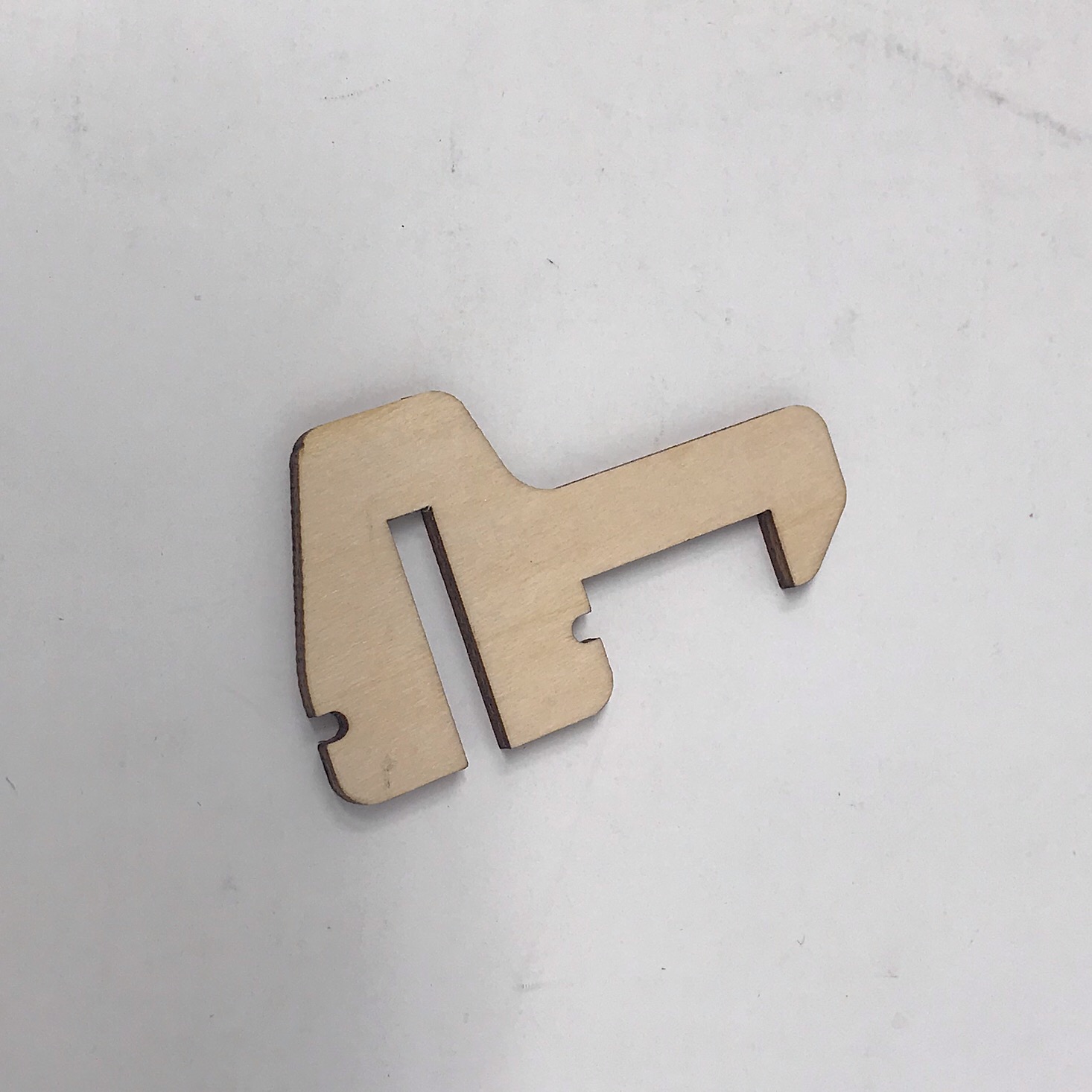


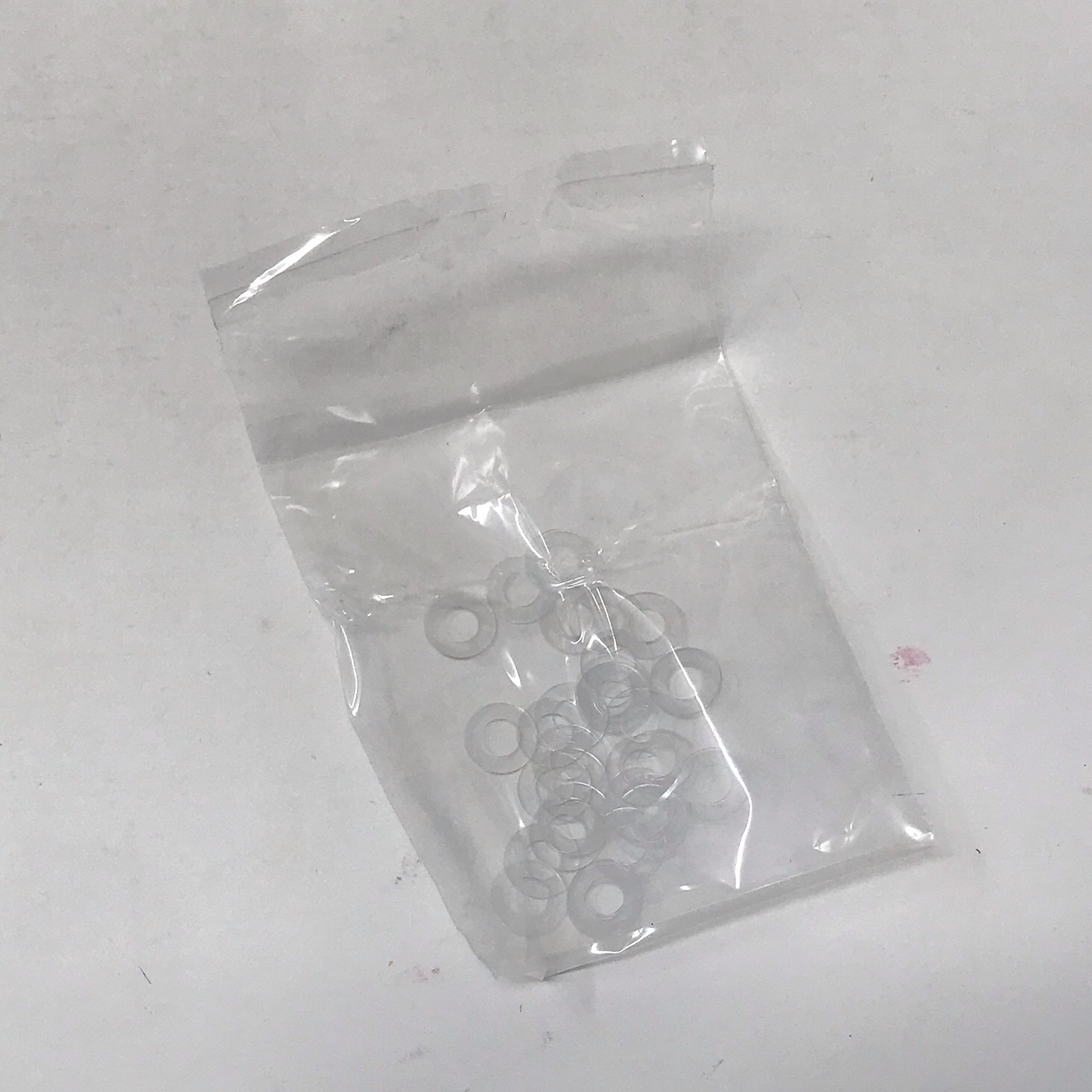



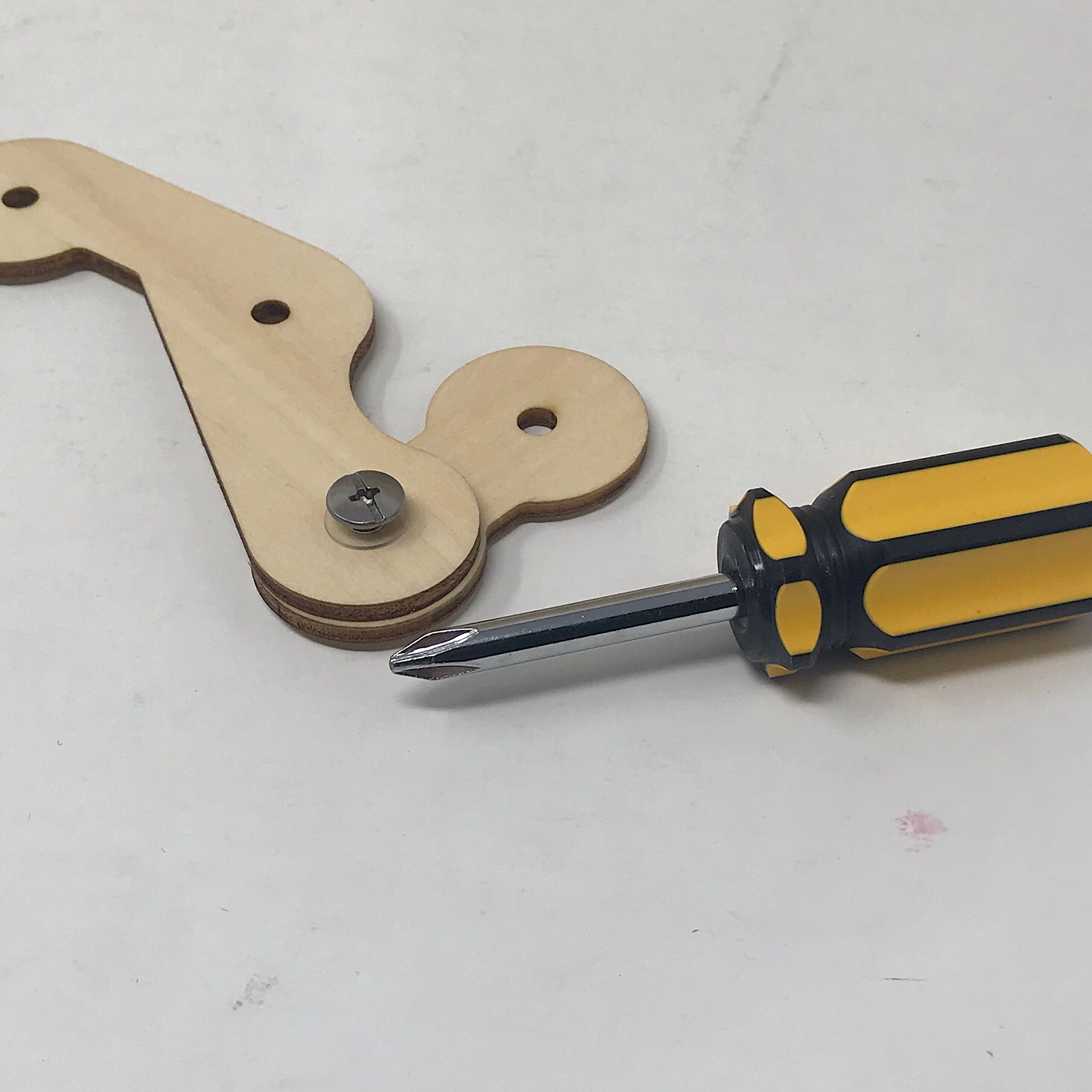
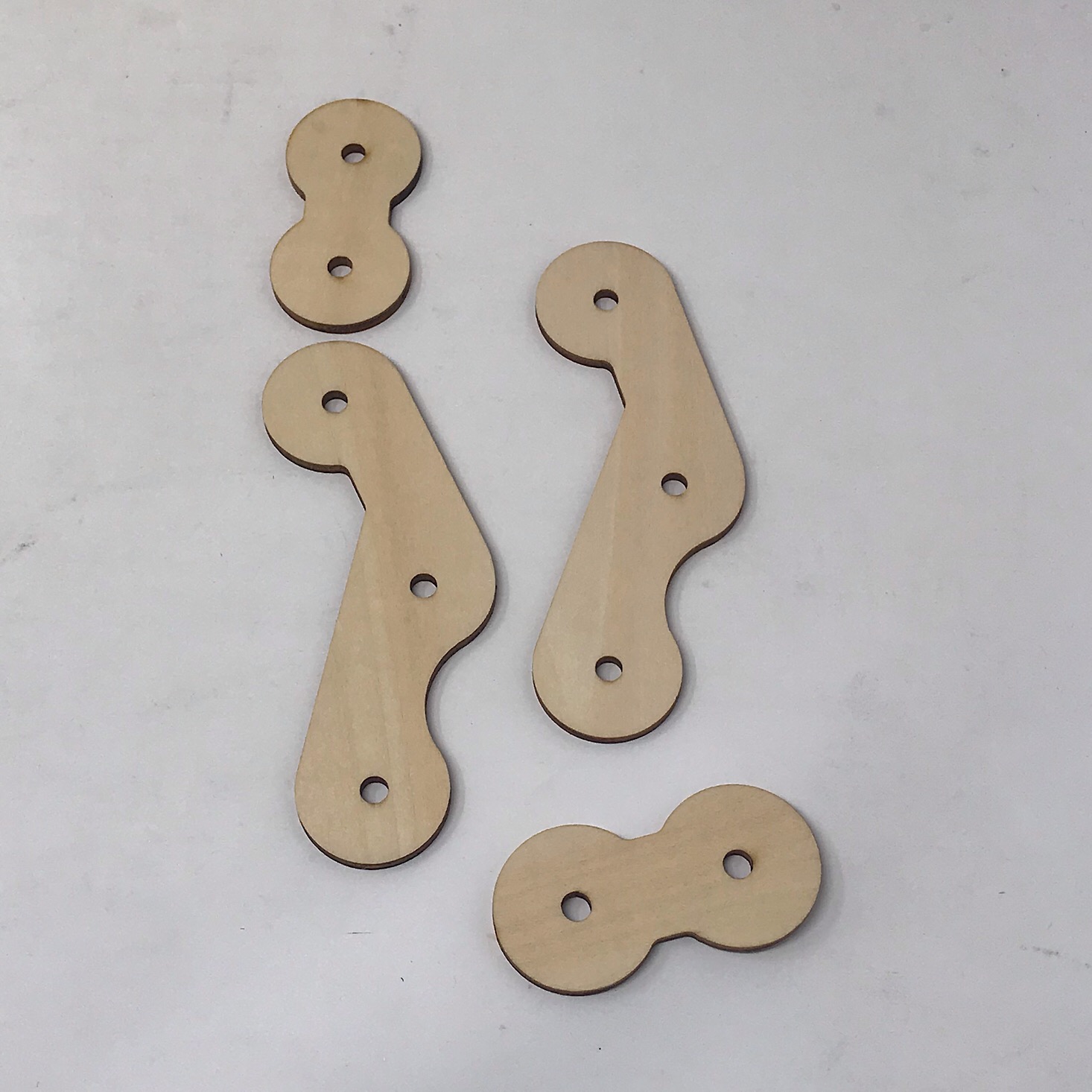

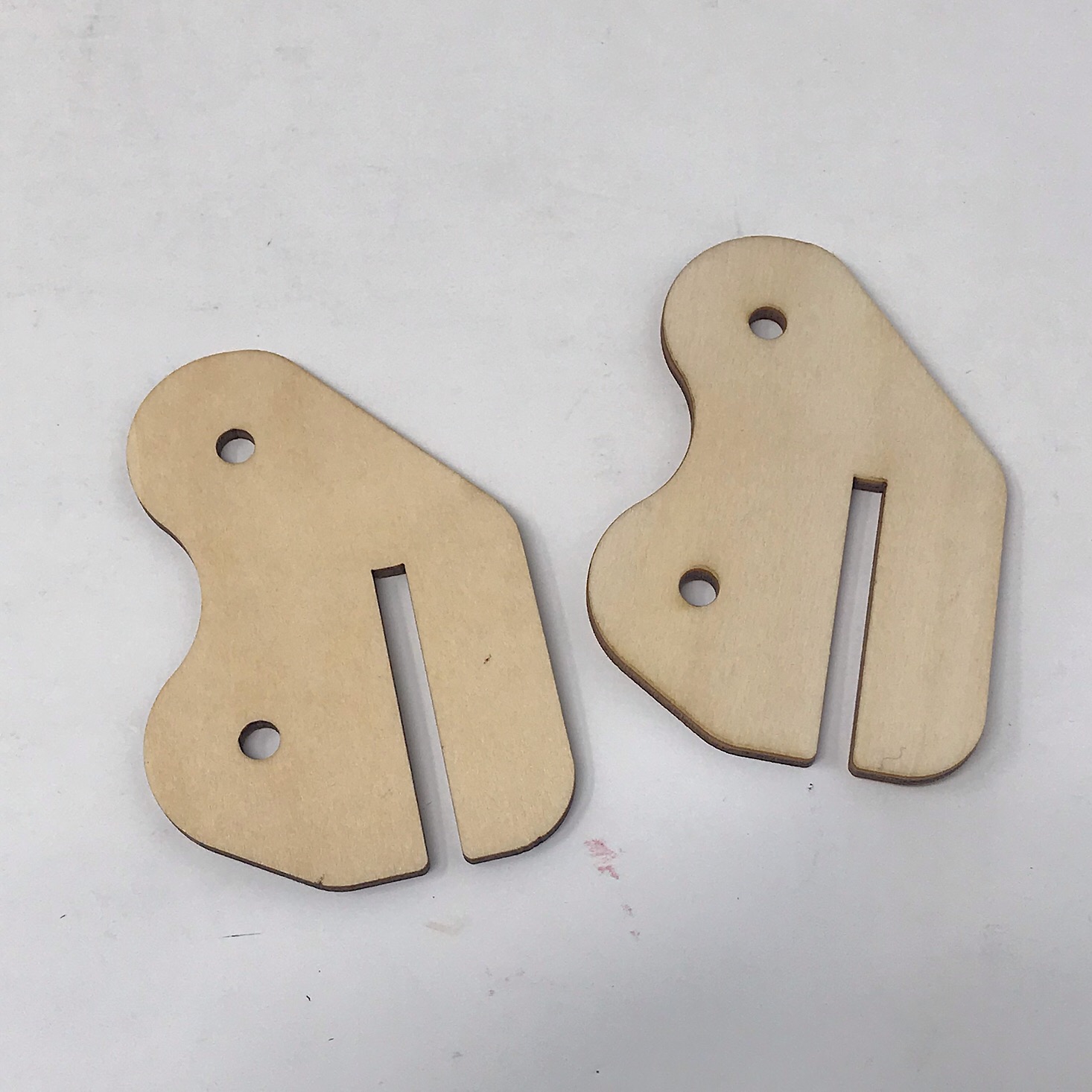

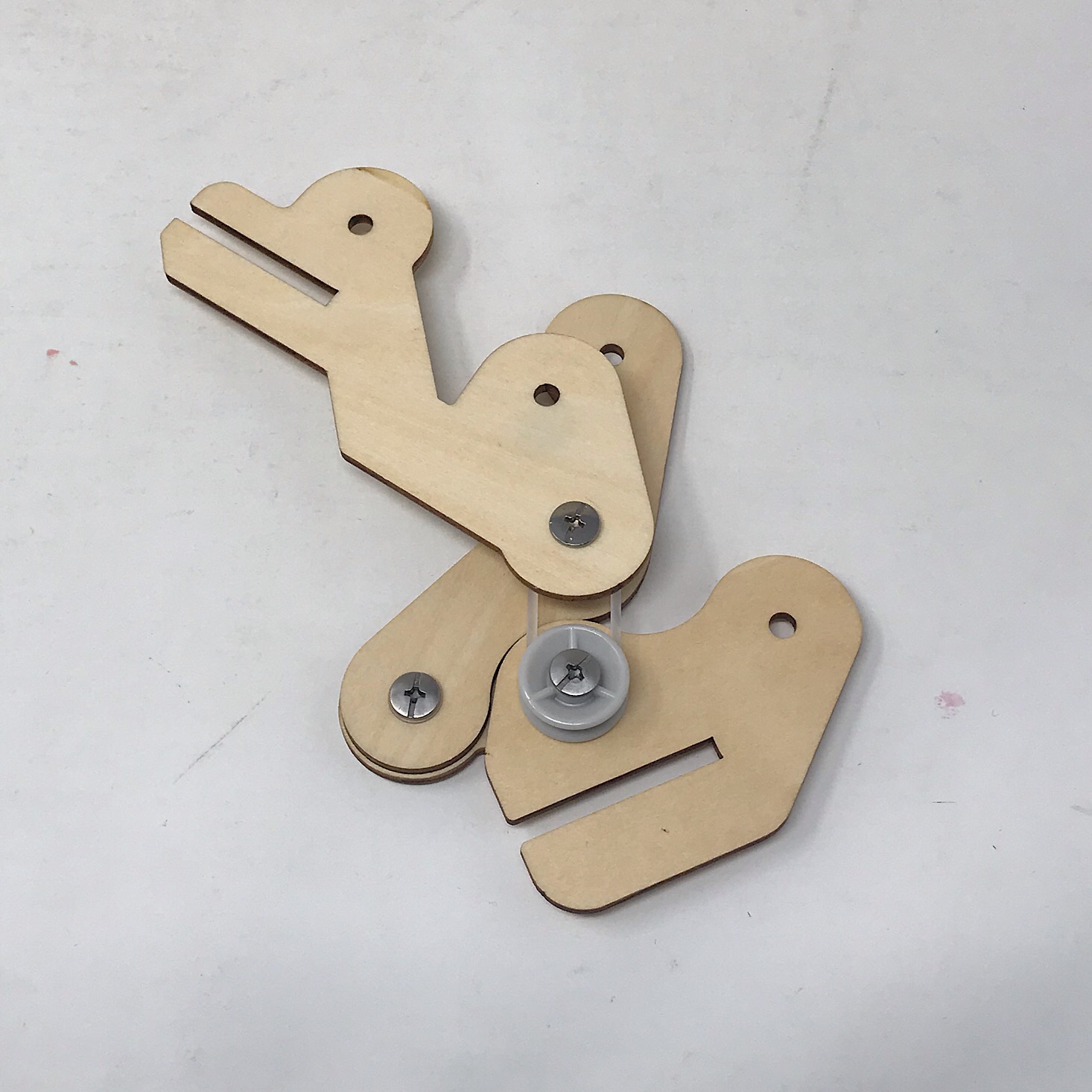
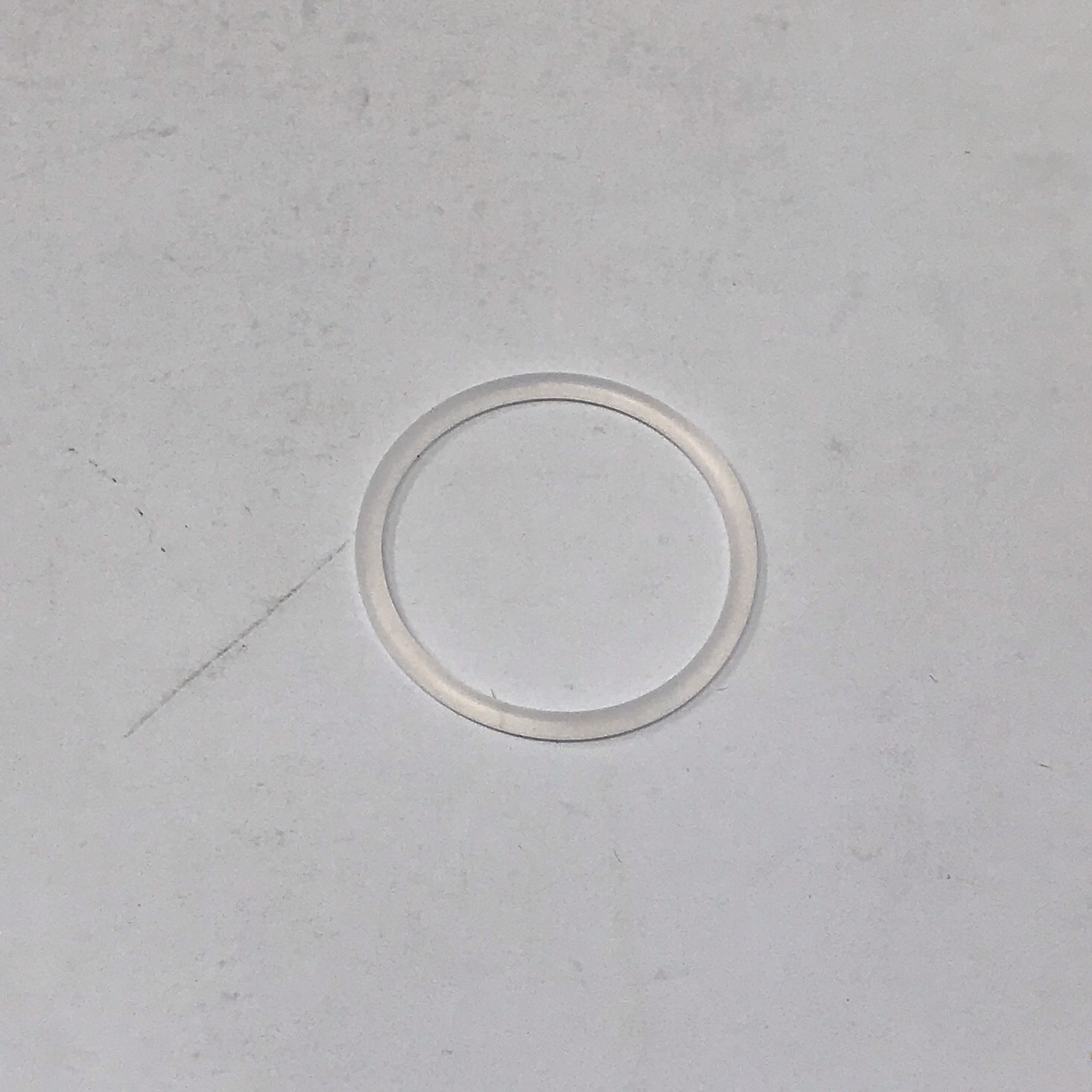
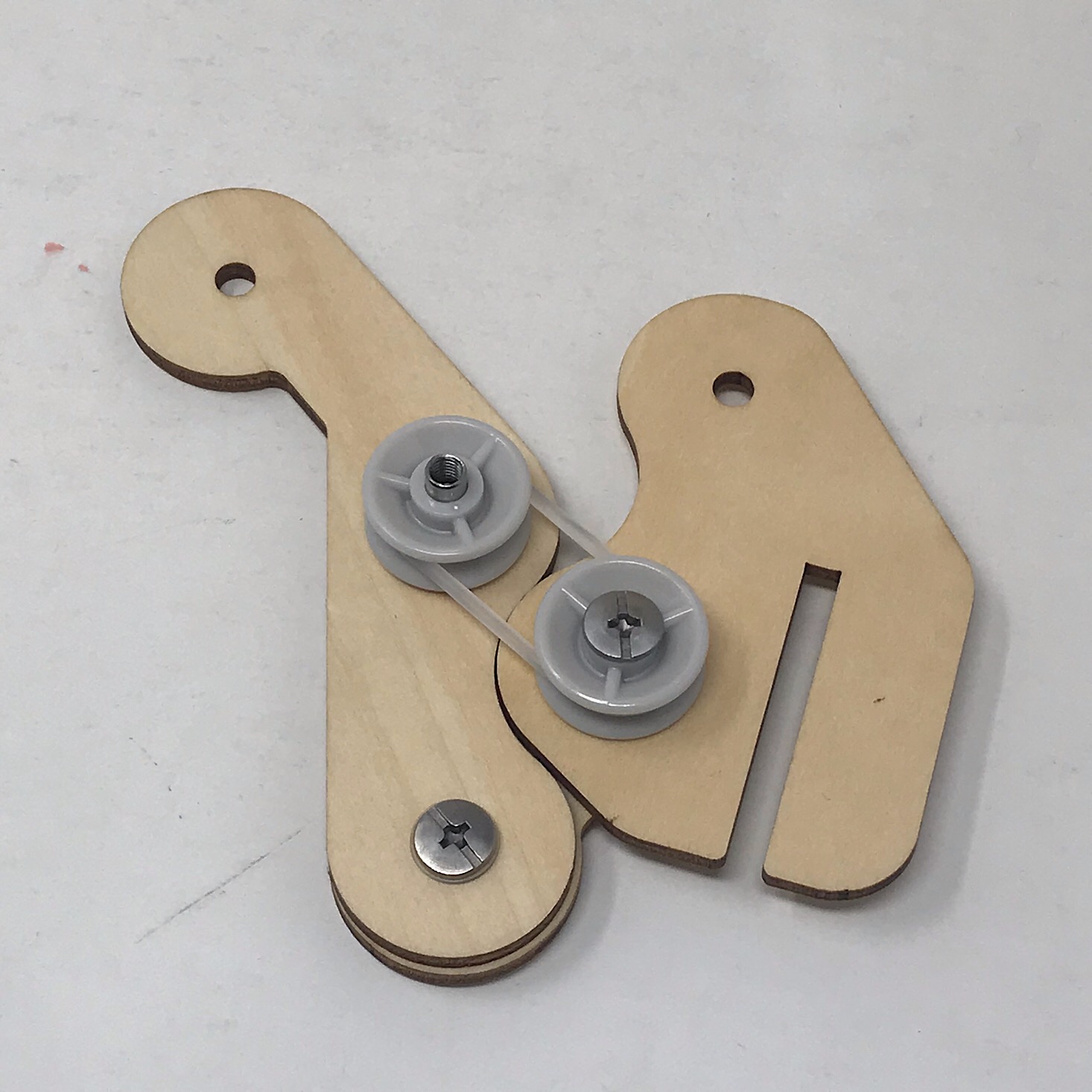




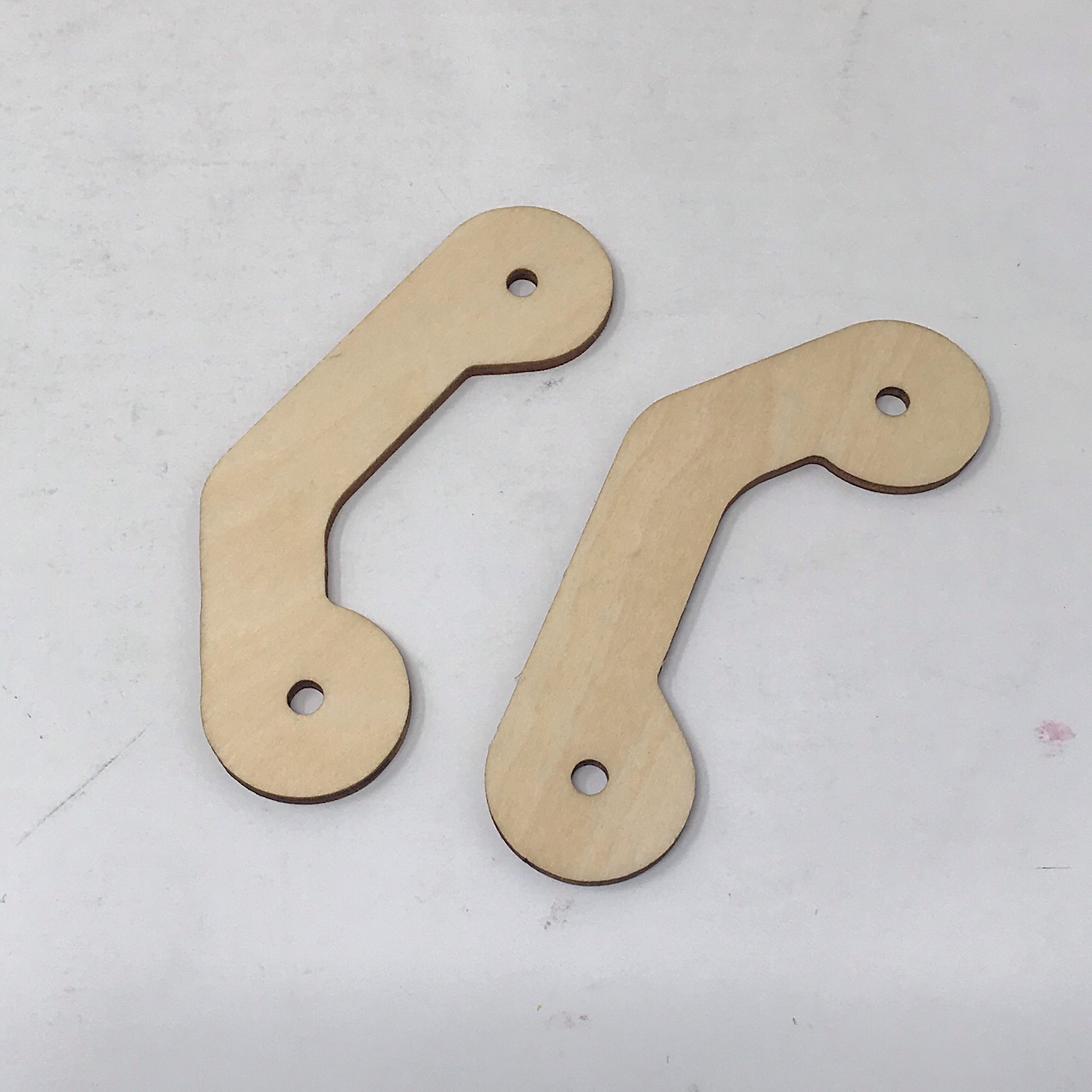





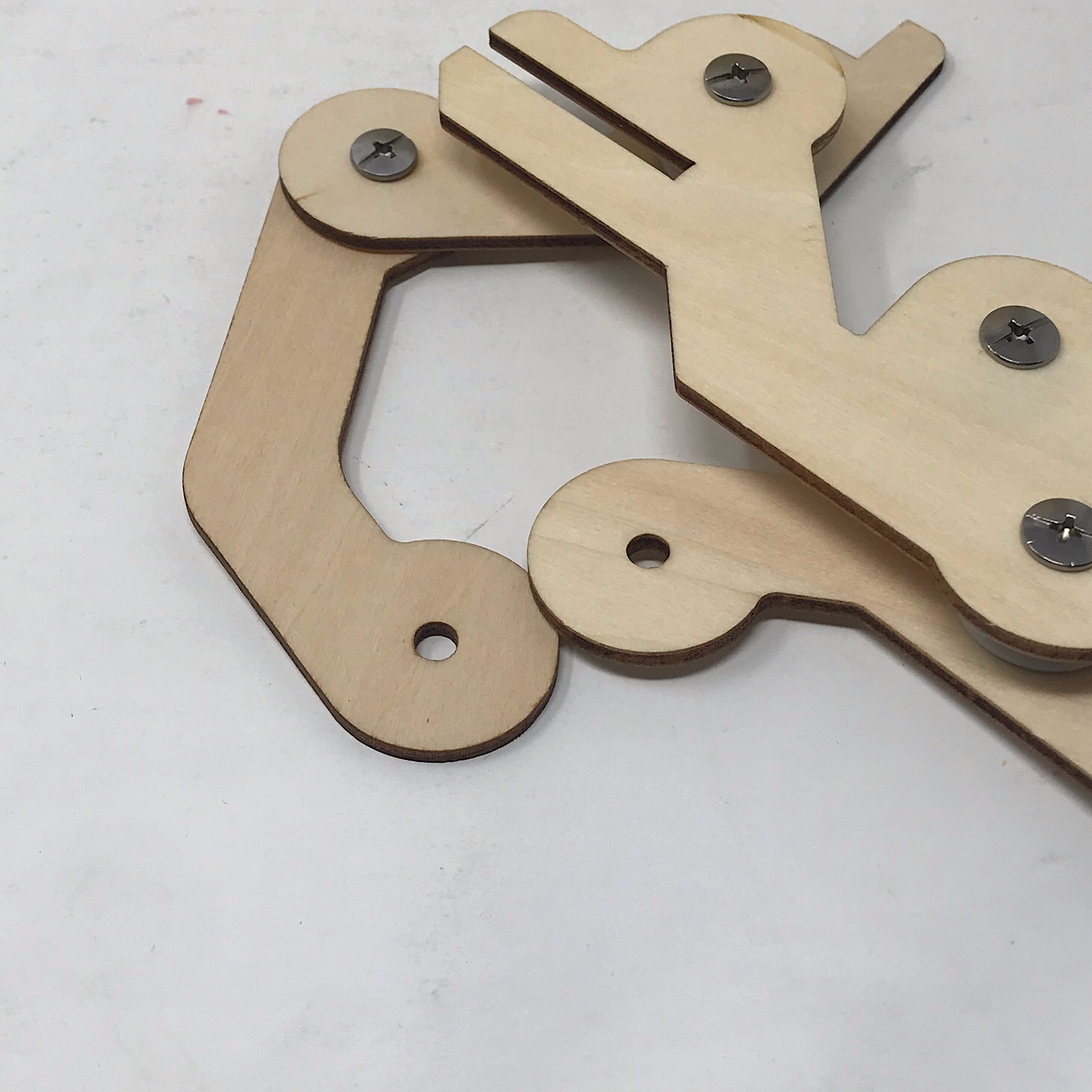
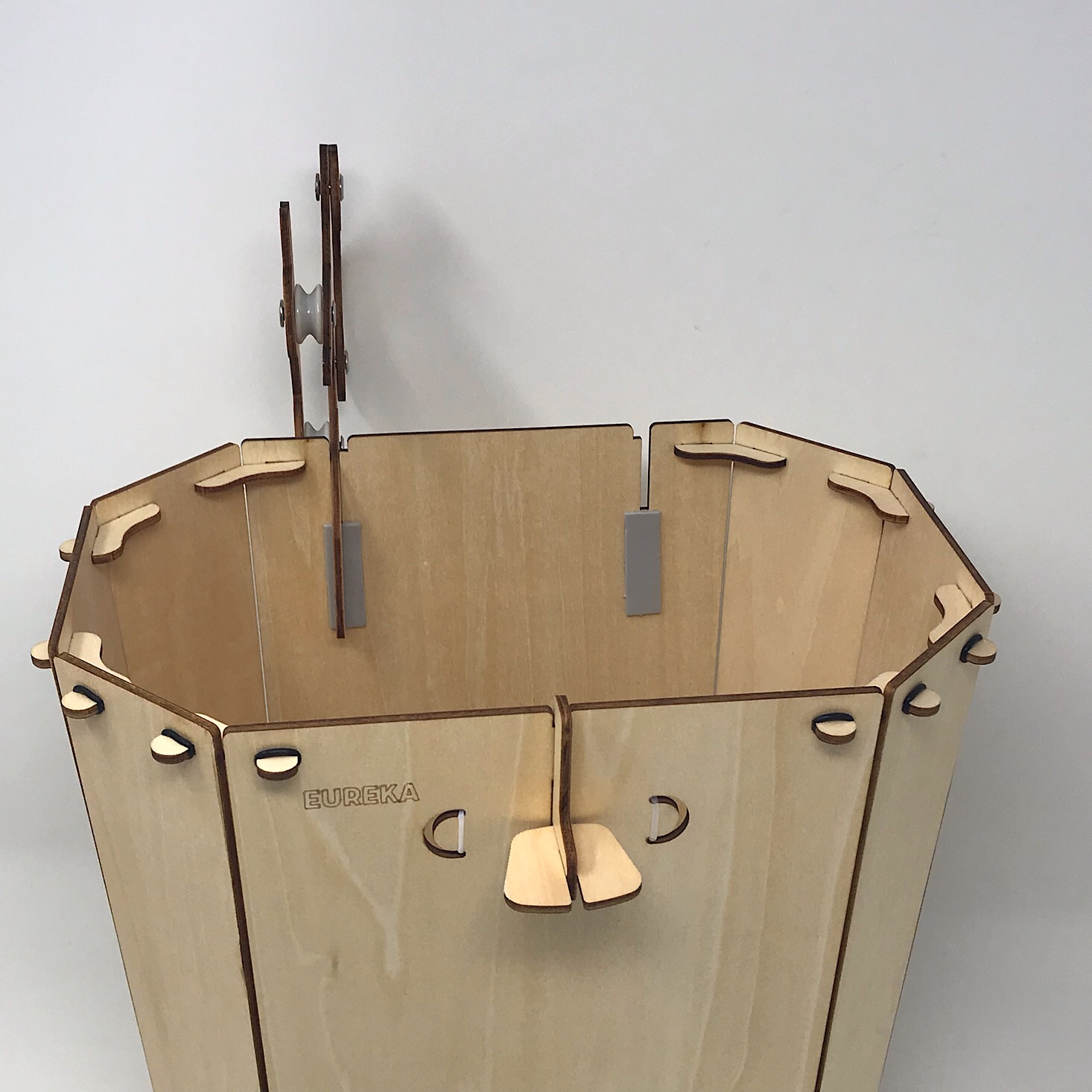


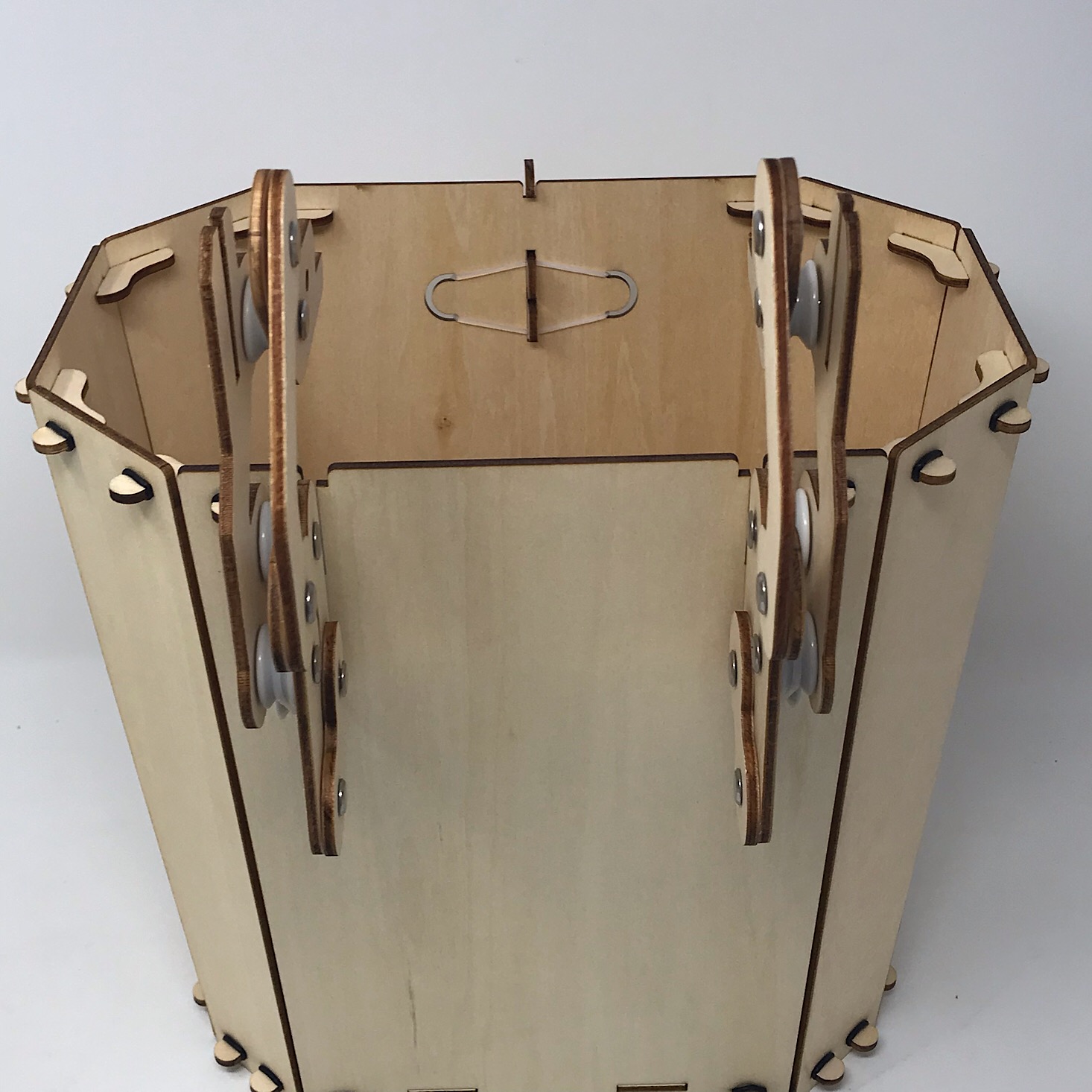

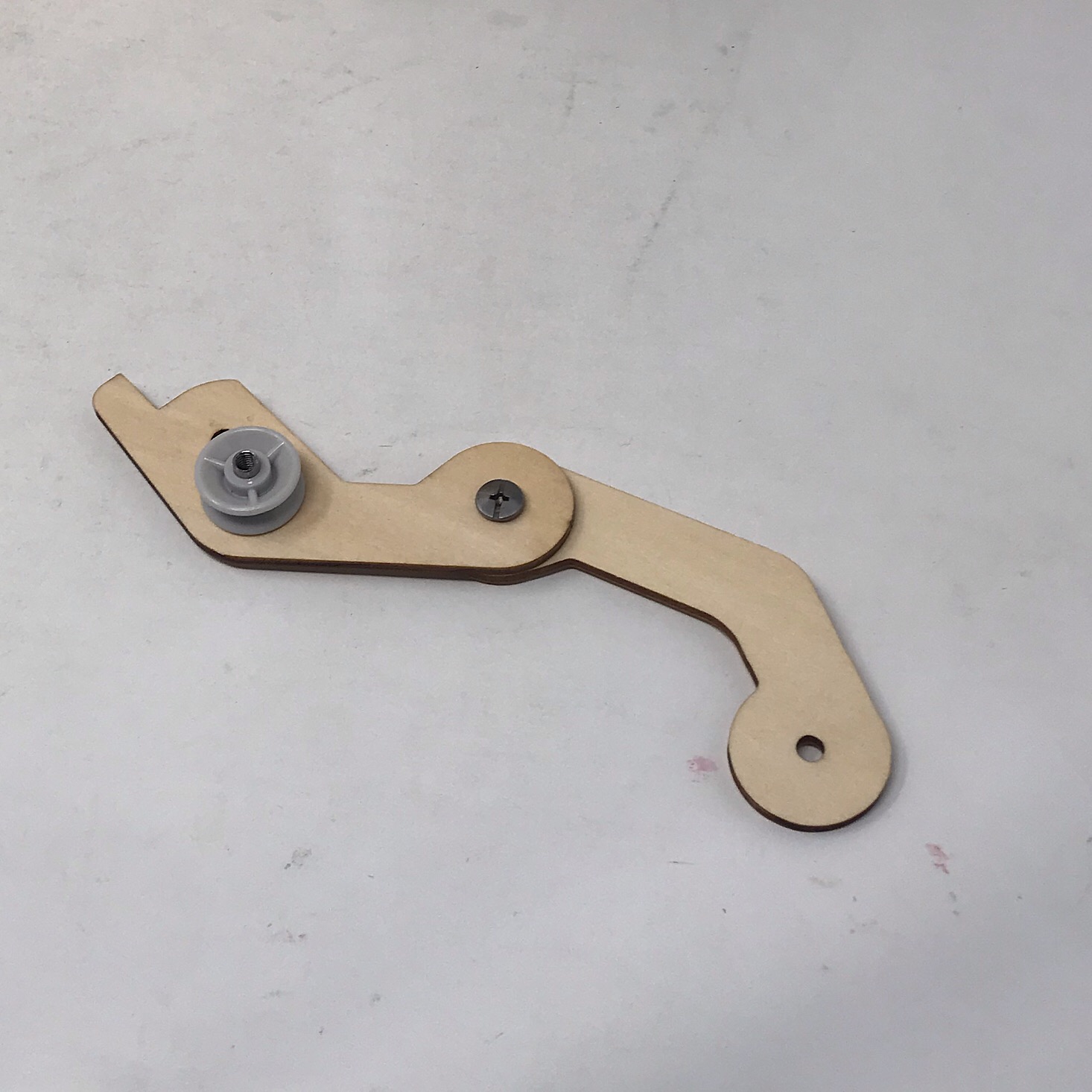
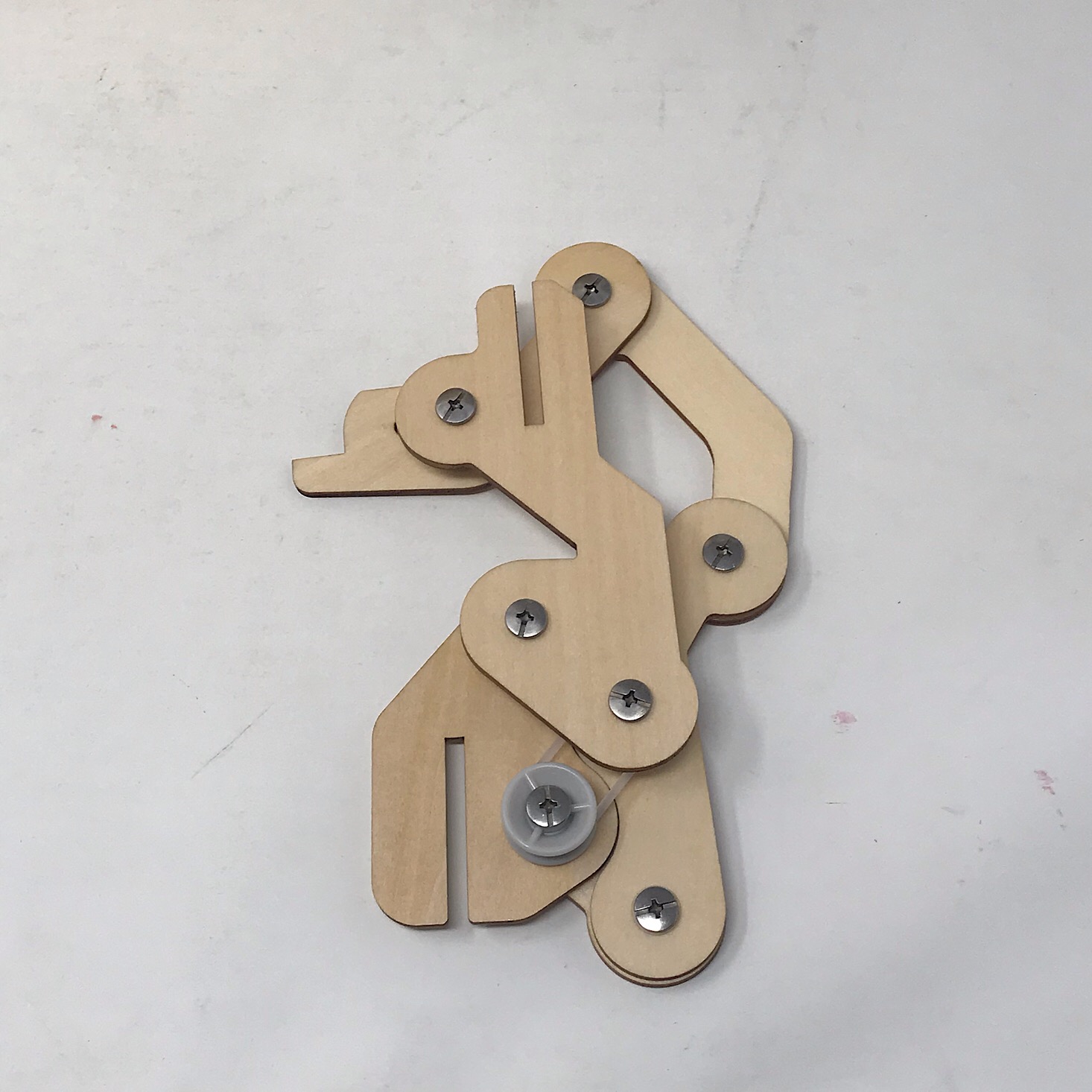
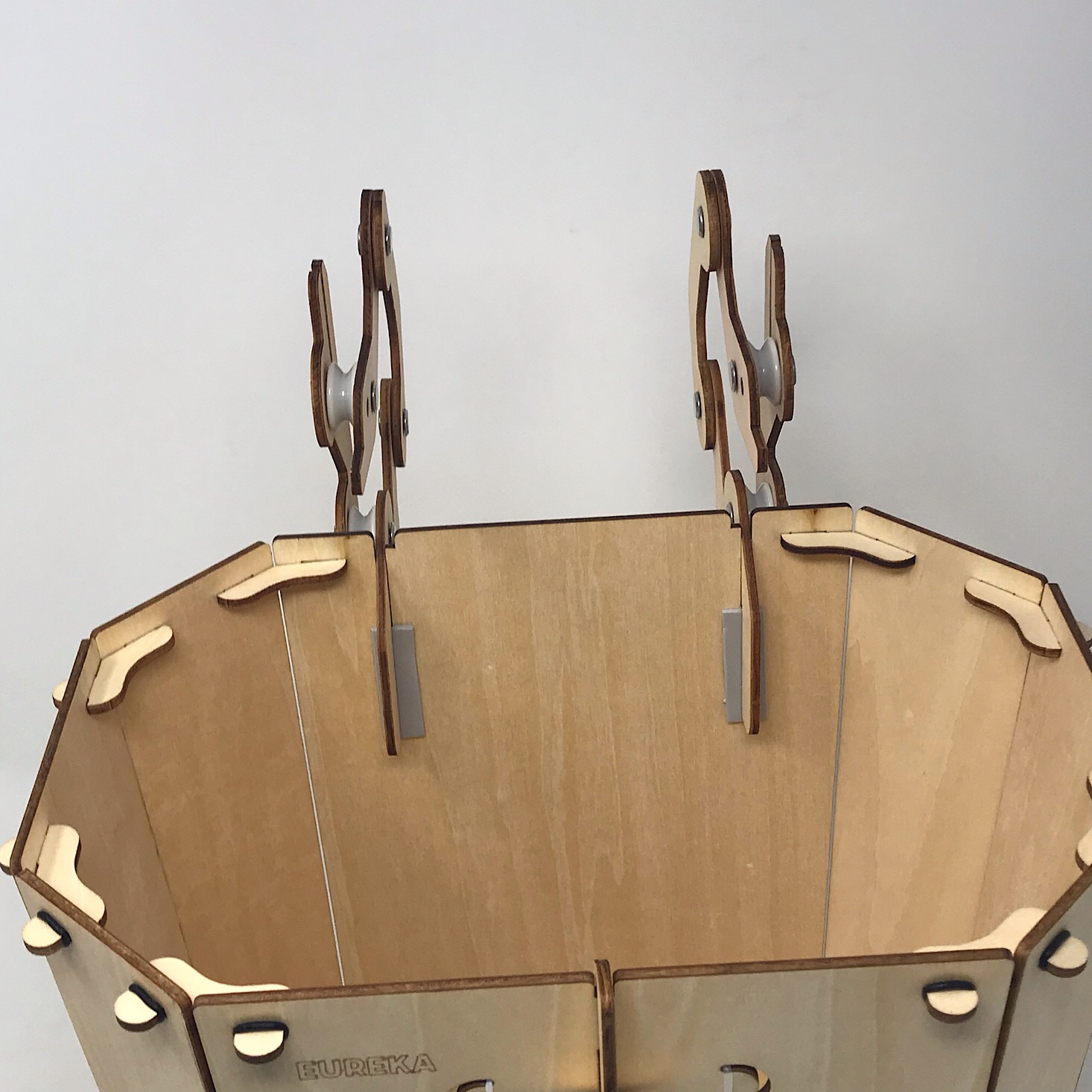
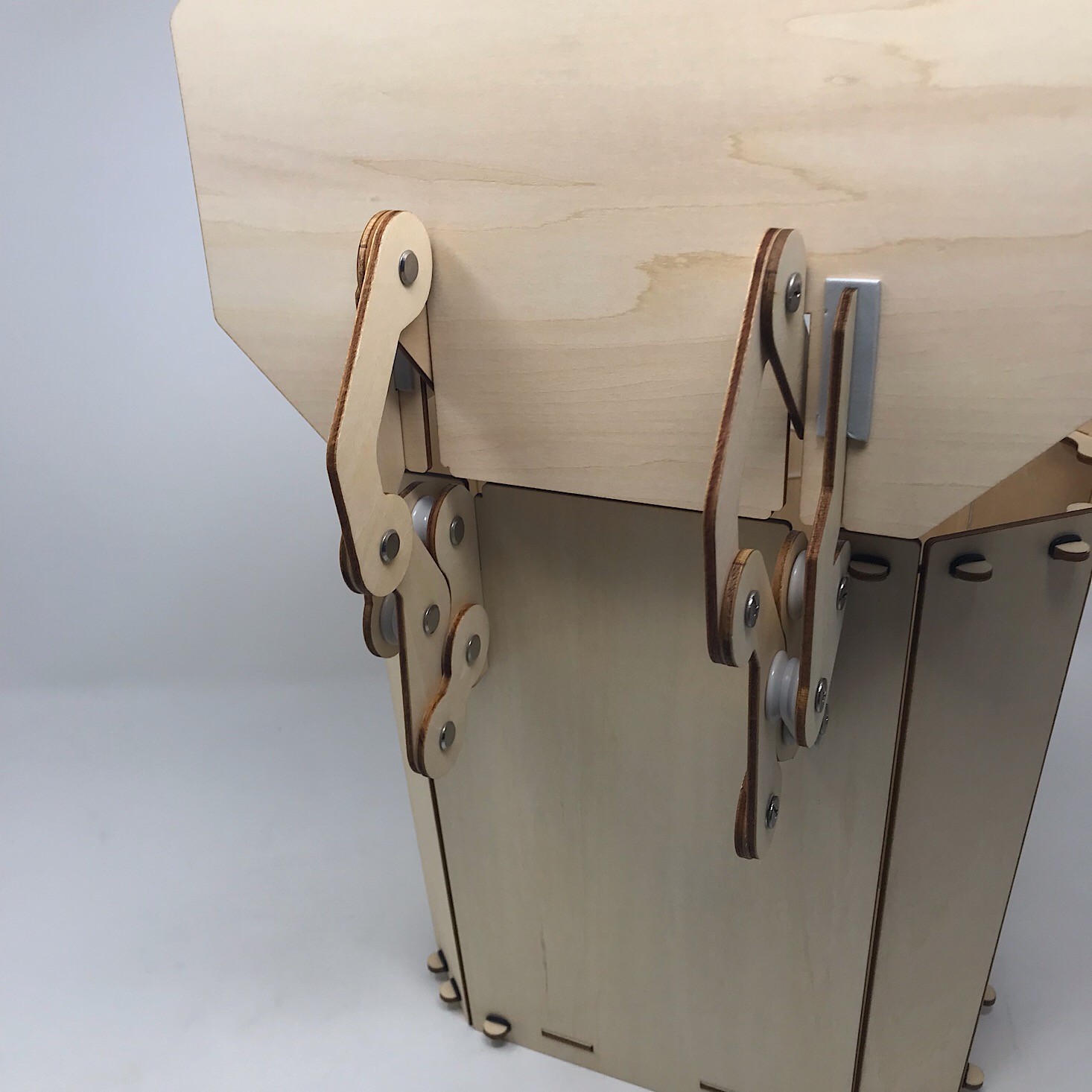
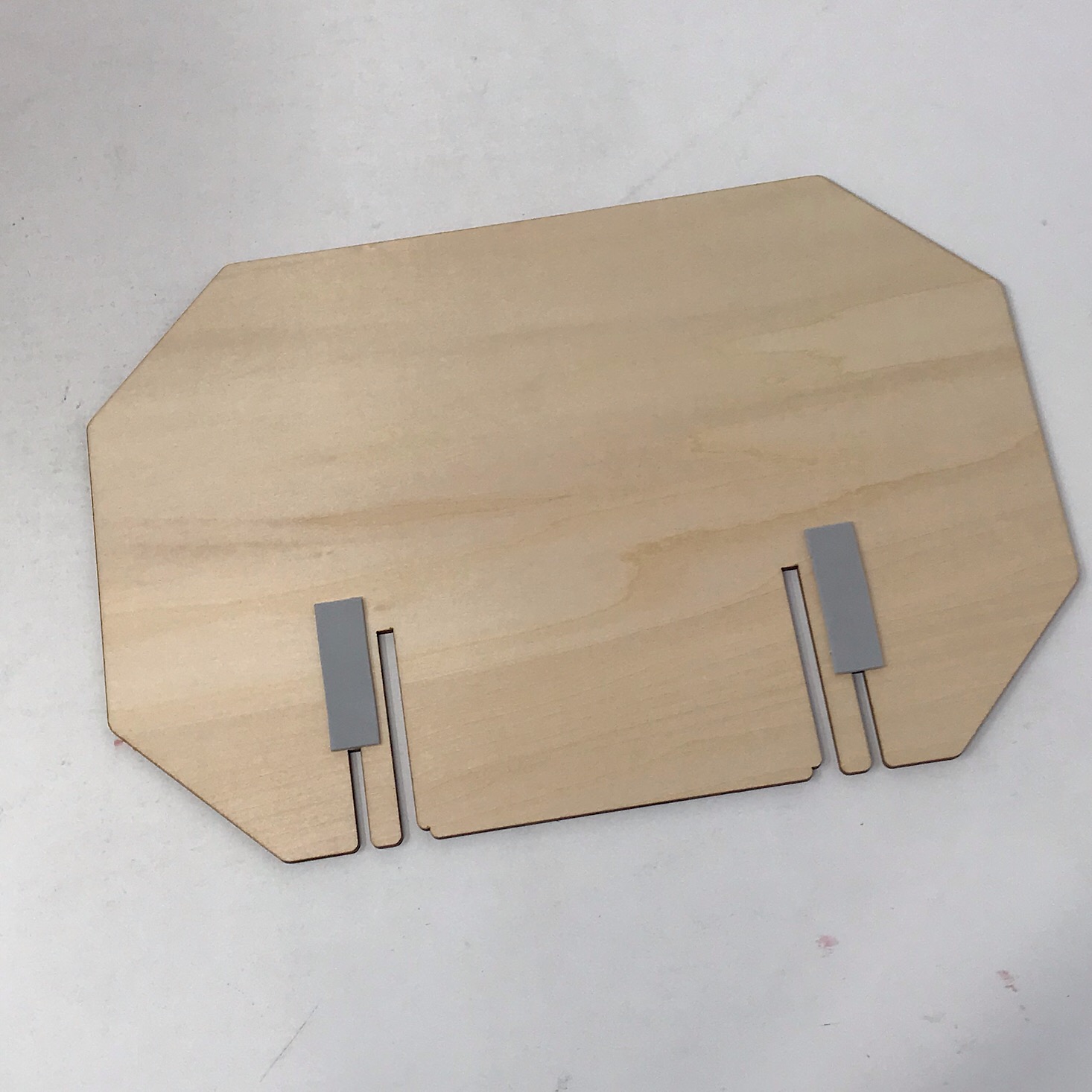
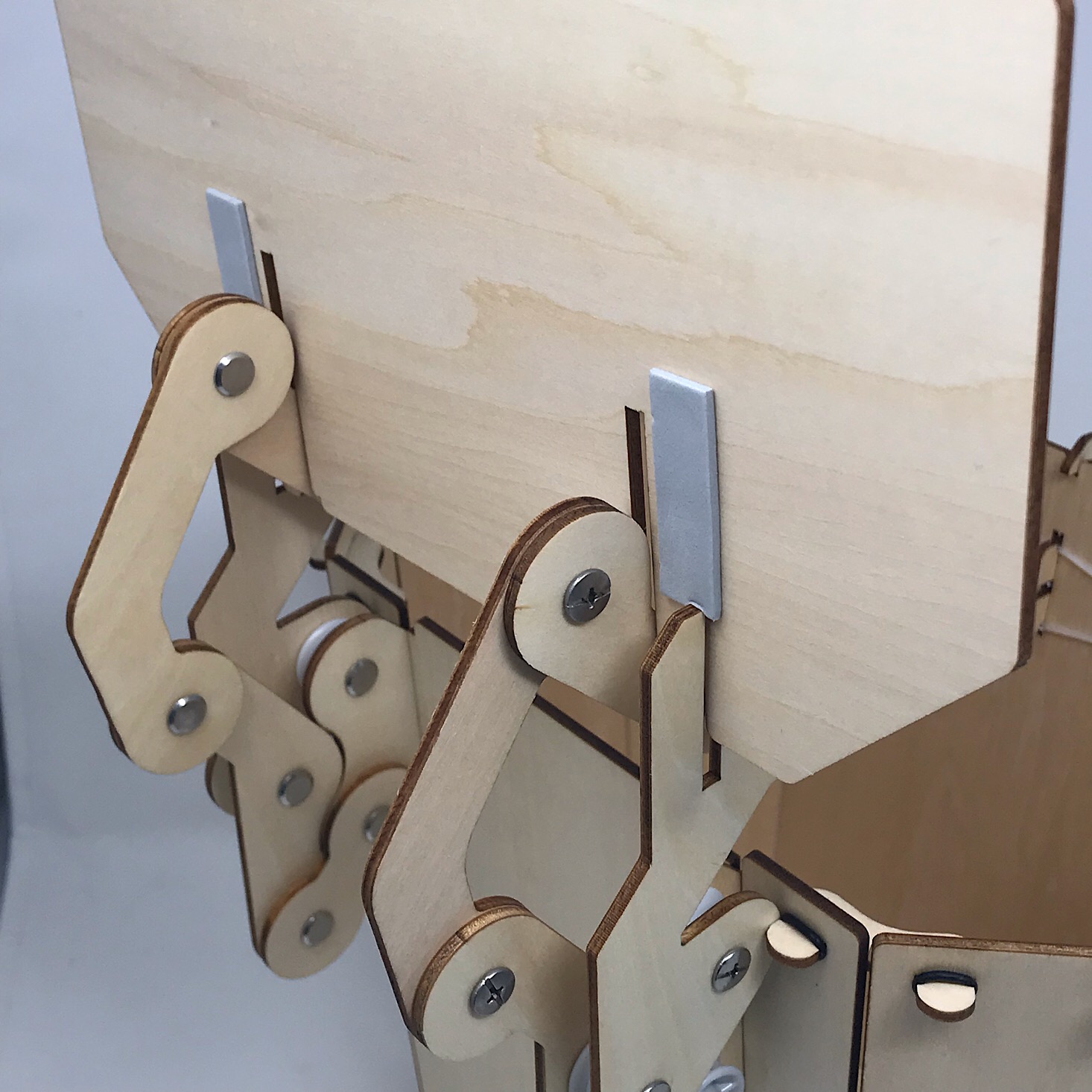
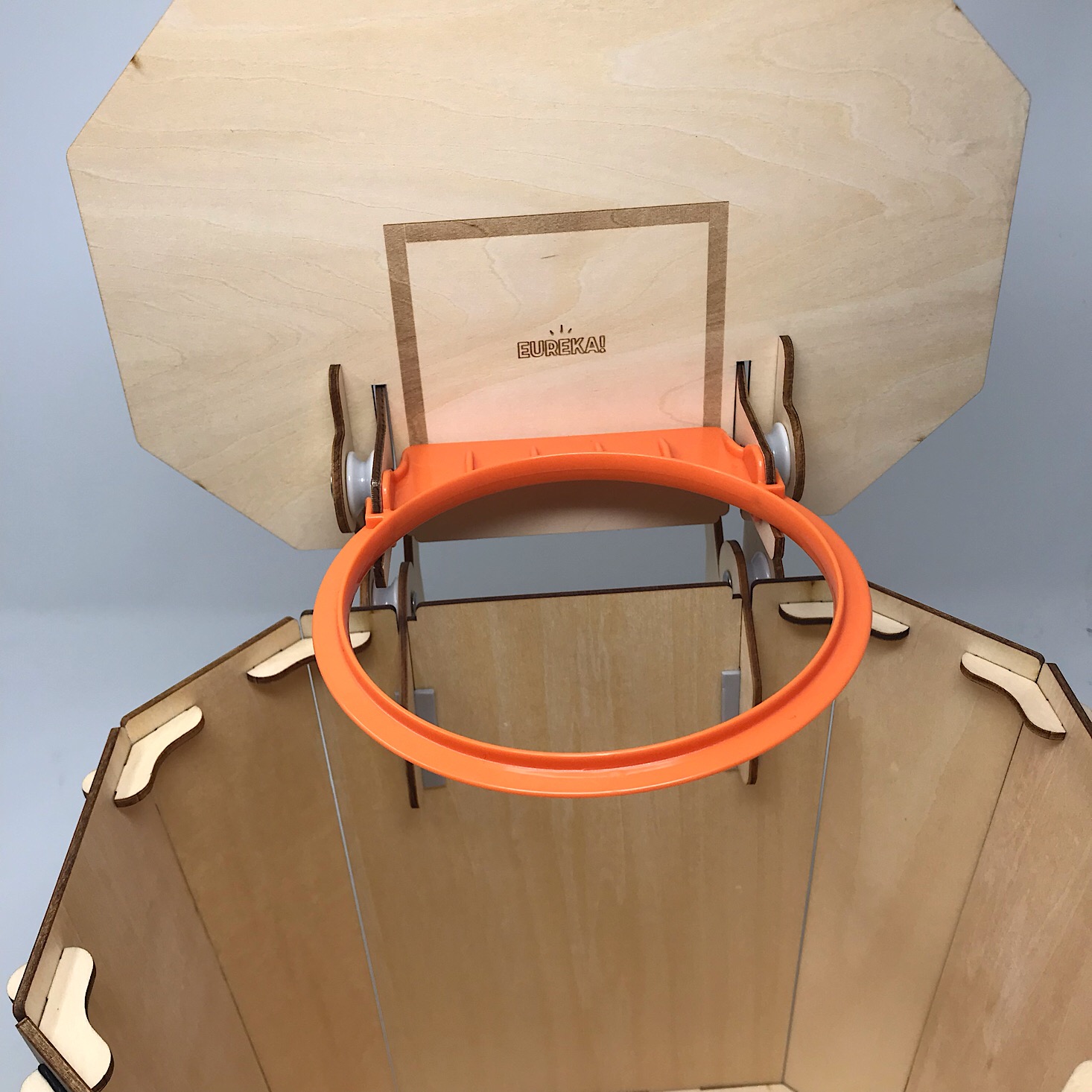

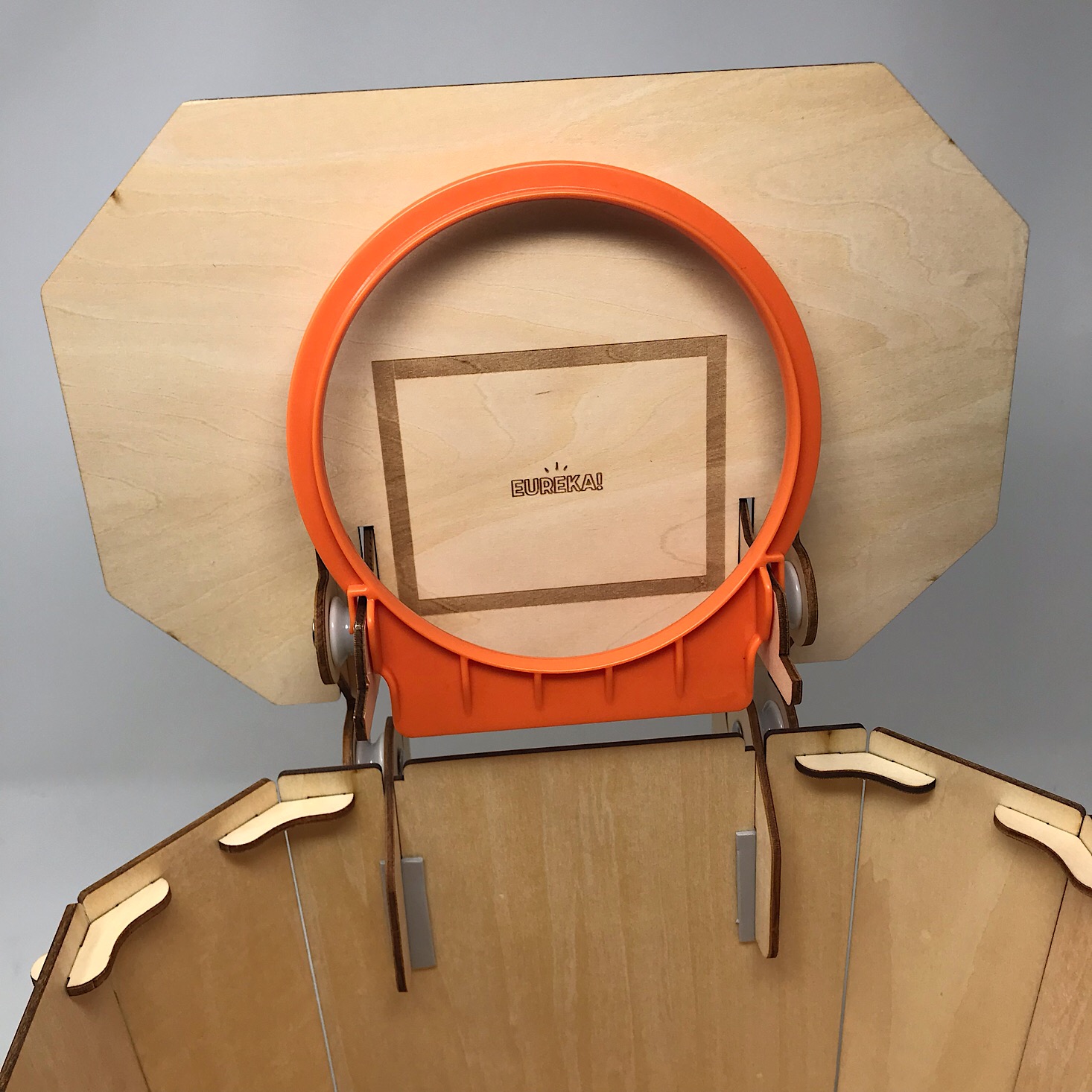

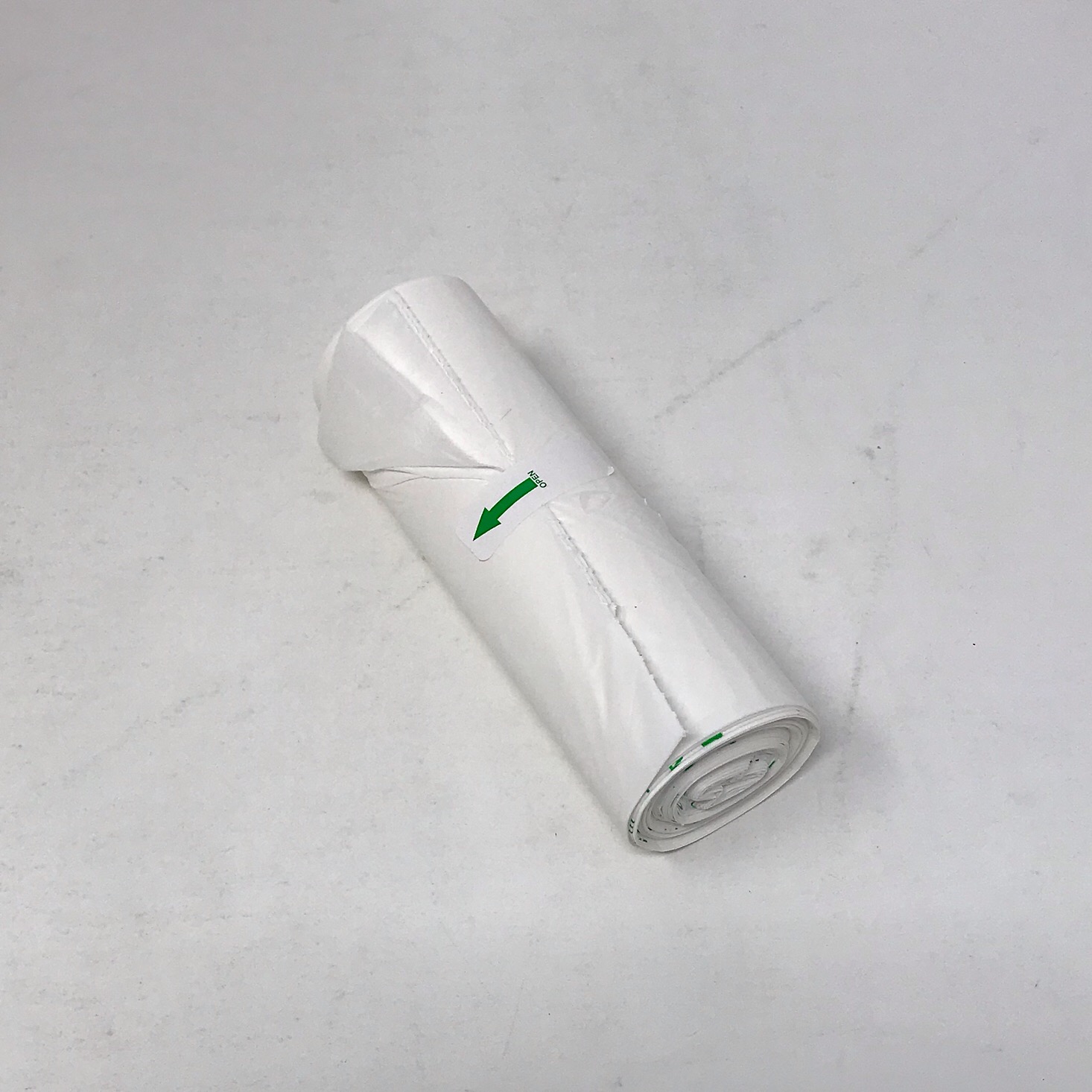

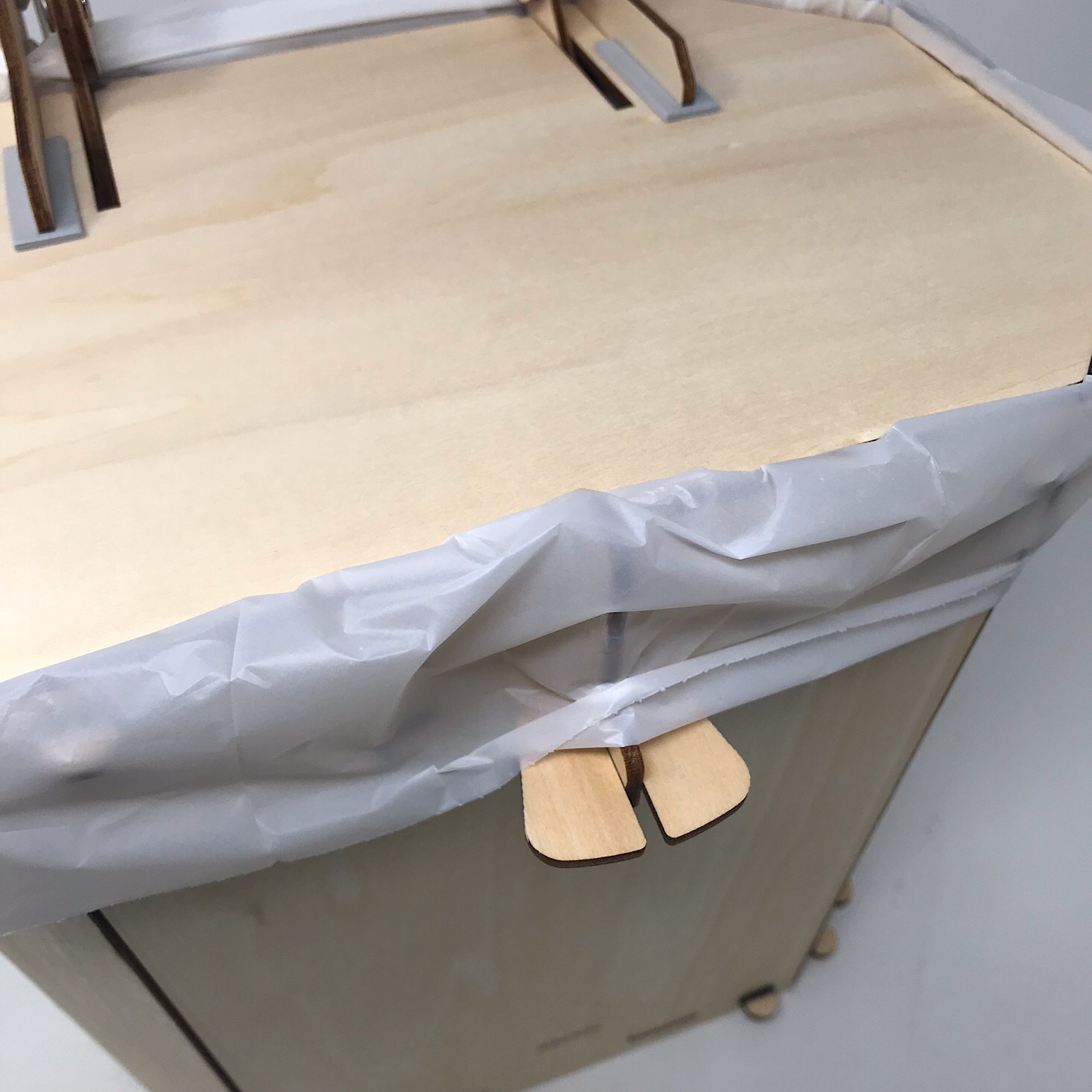

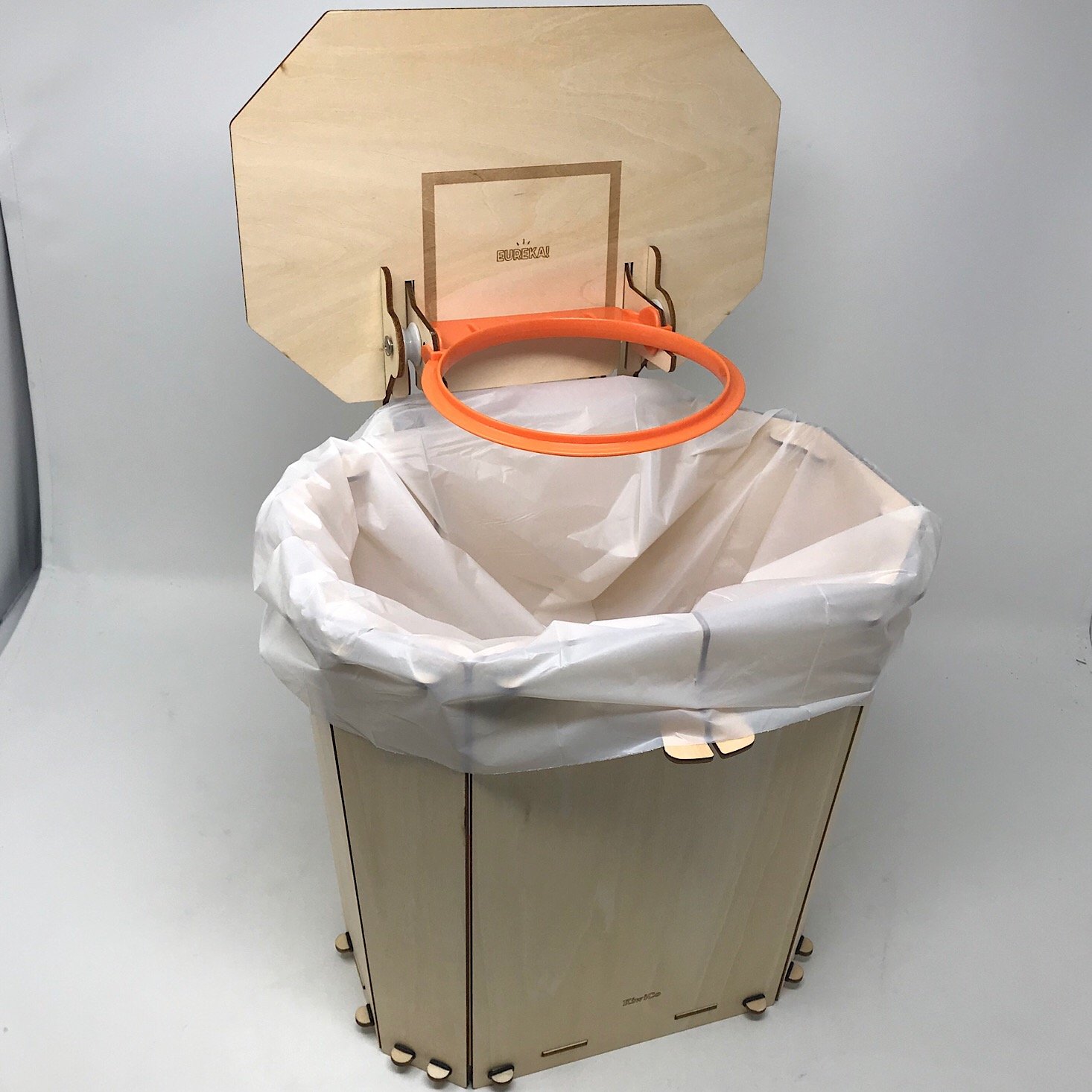




Please do not enter your email address in the Name field or in the comment content. Your email address will not be published. Required fields are marked *. Remember to post with kindness and respect. Comments with offensive language, cruelness to others, etc will not be approved. See our full comment policy here.